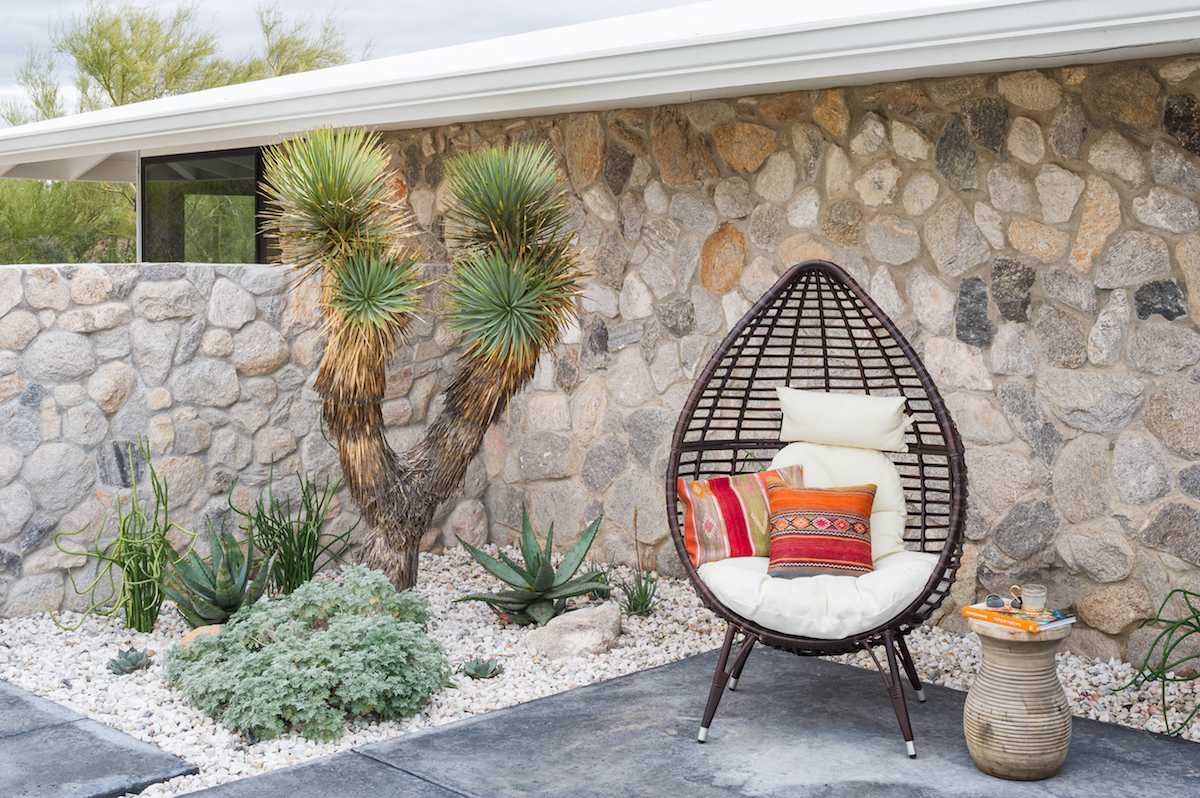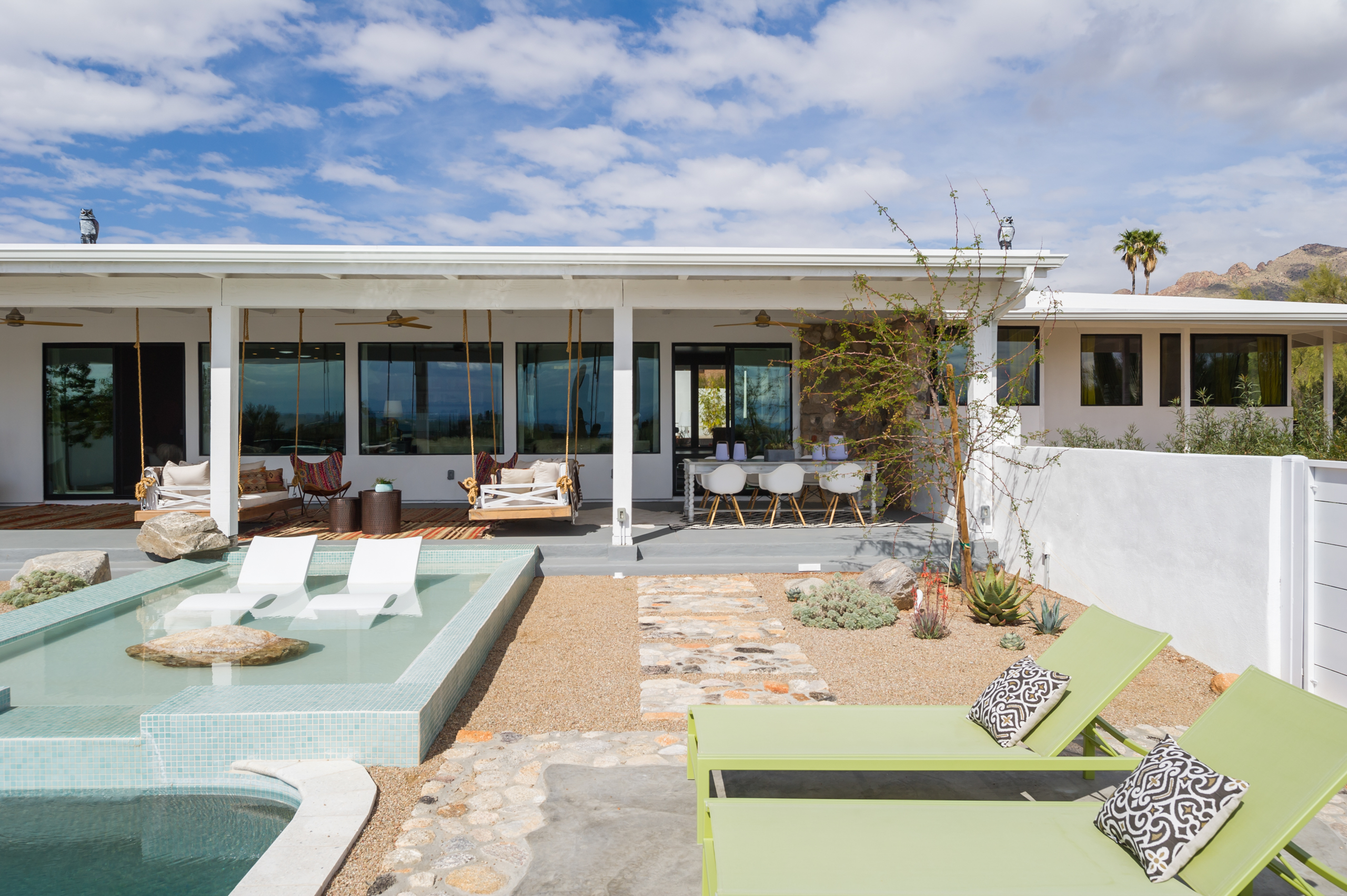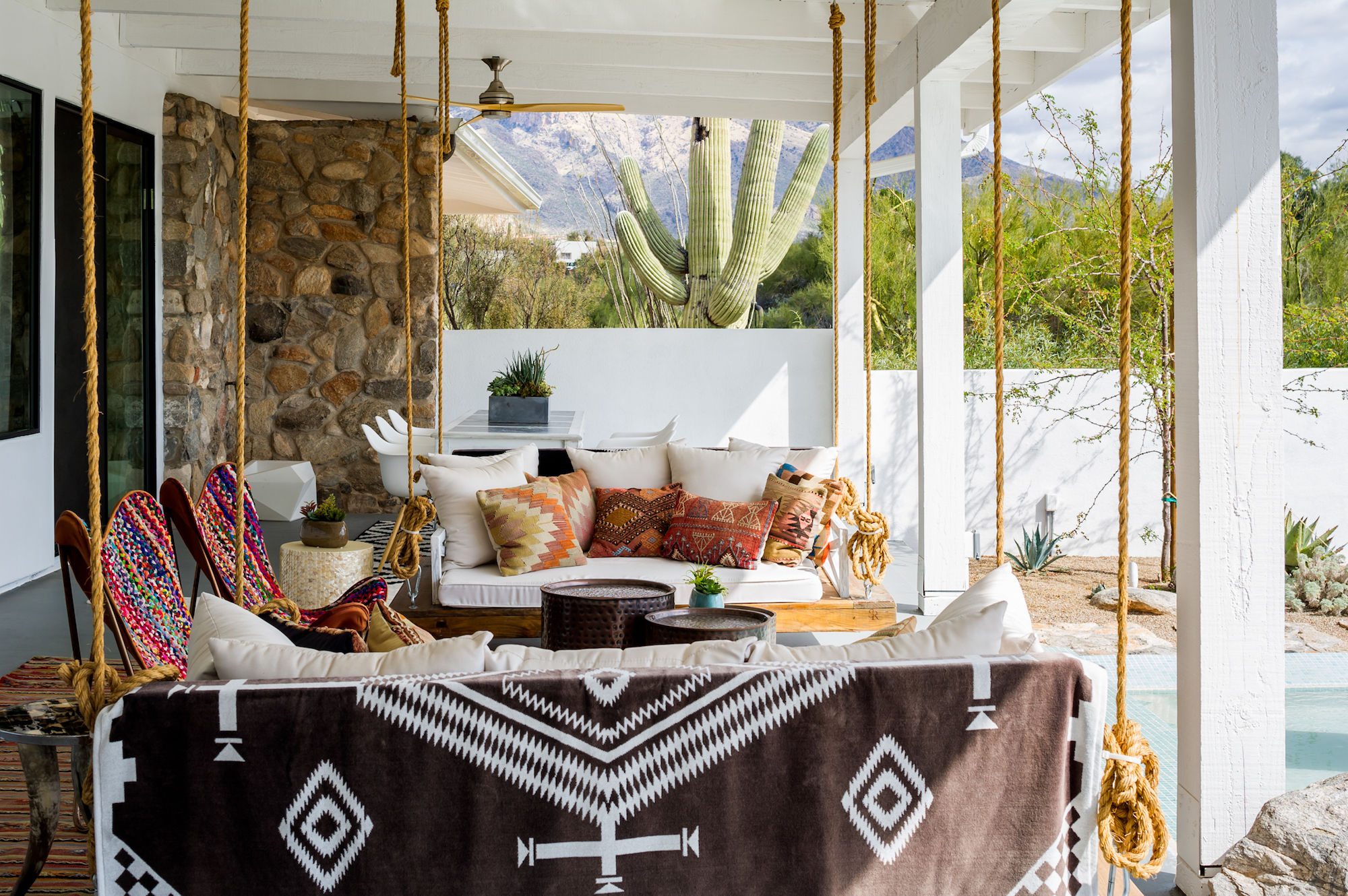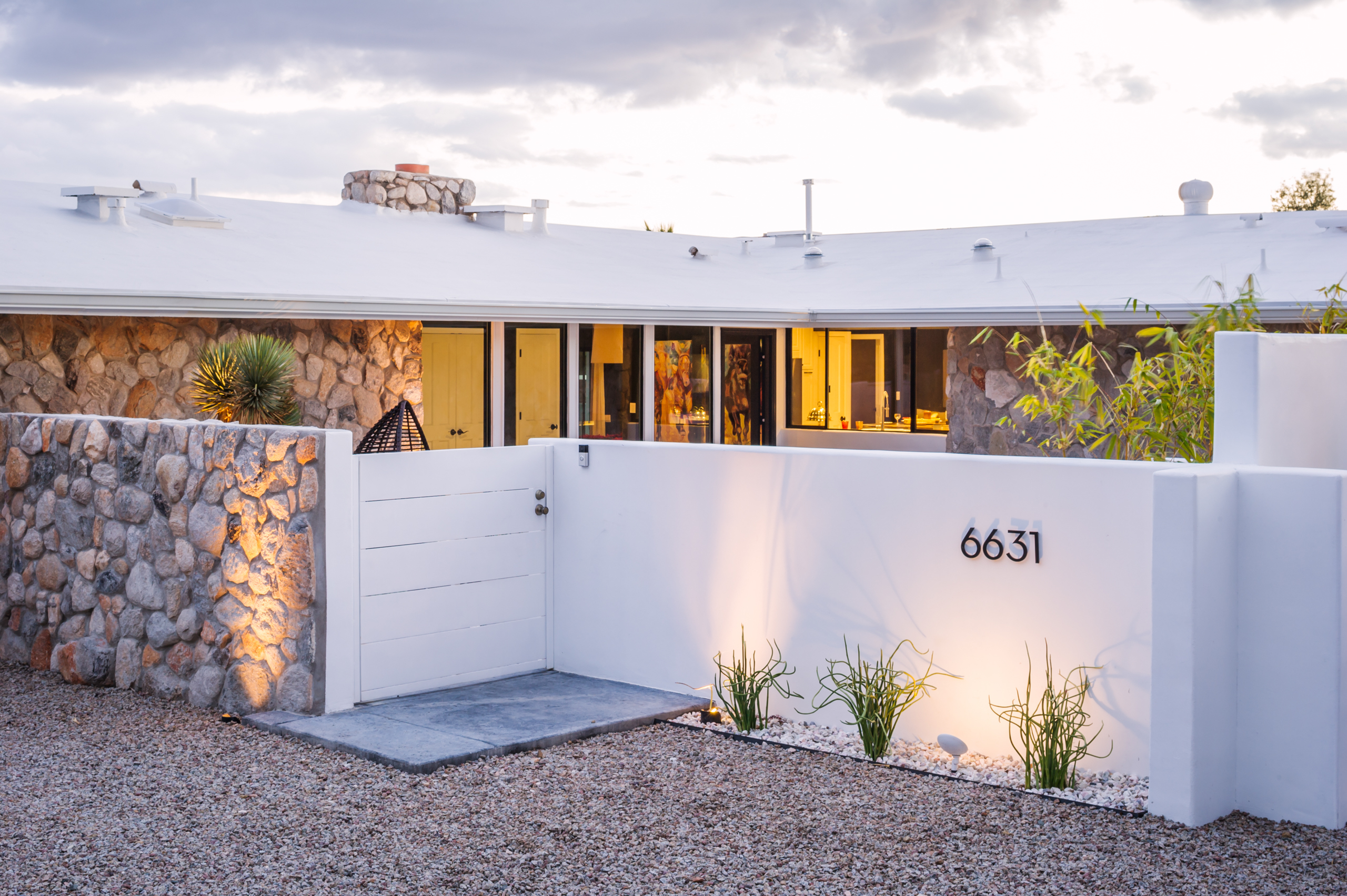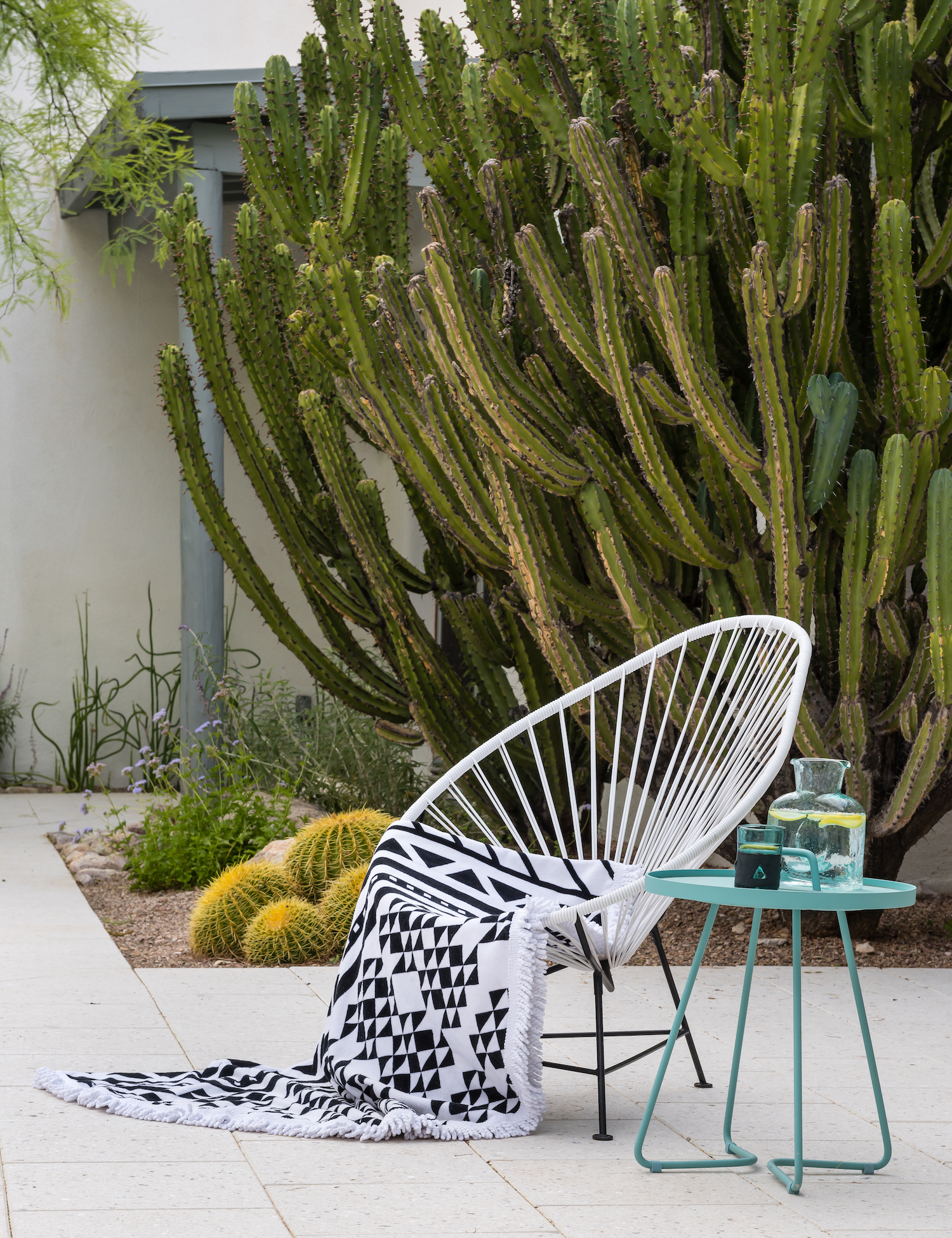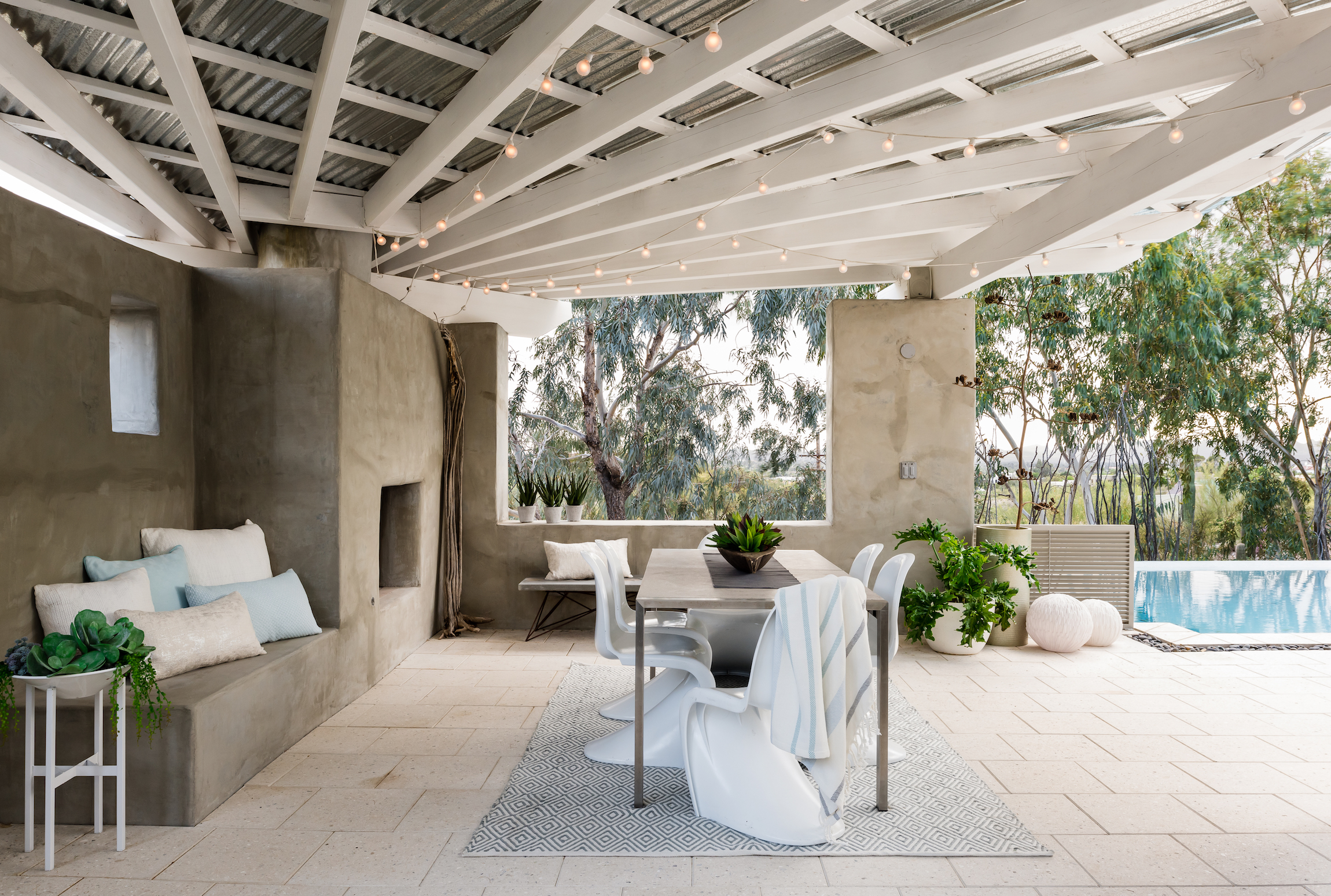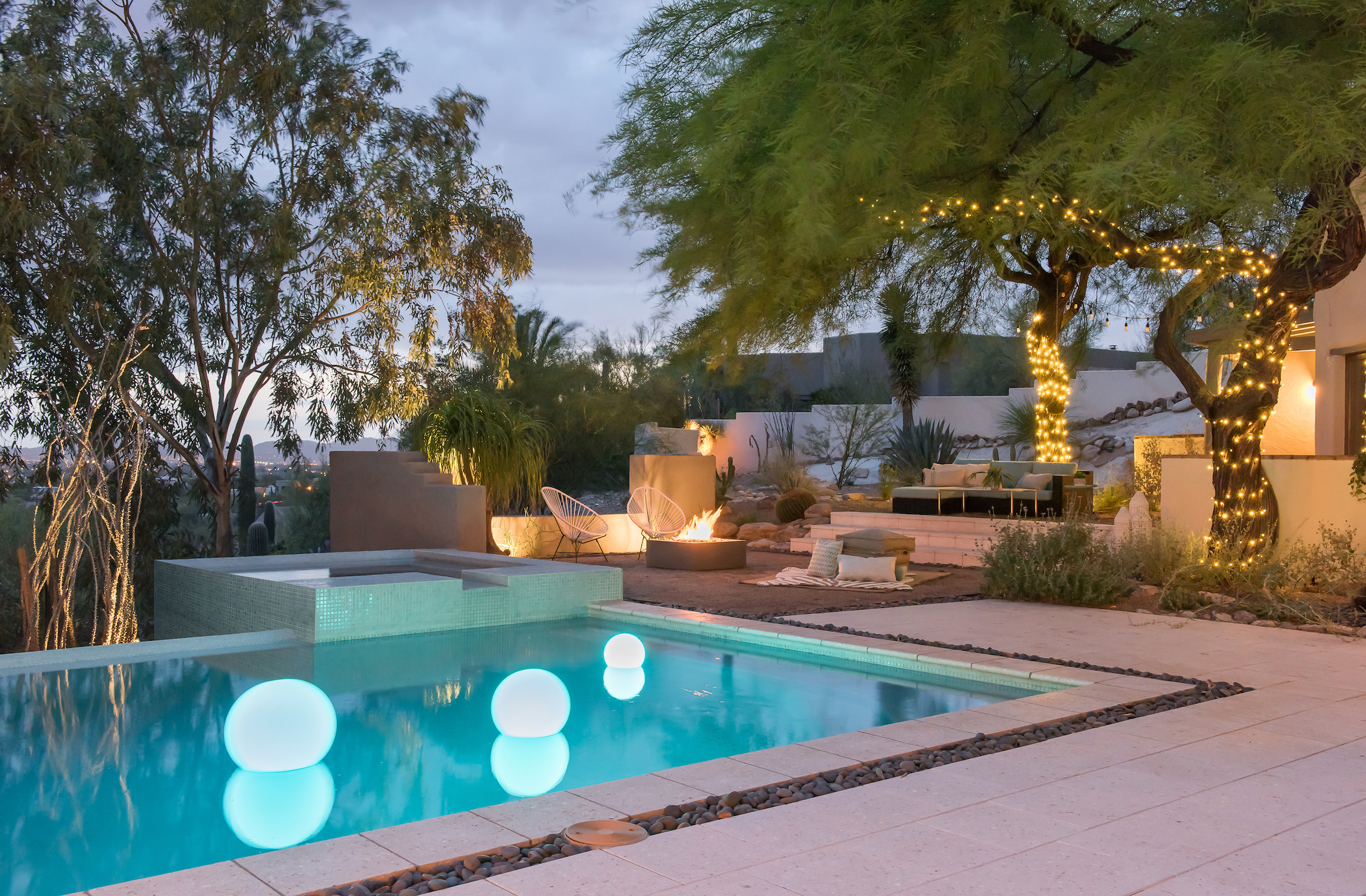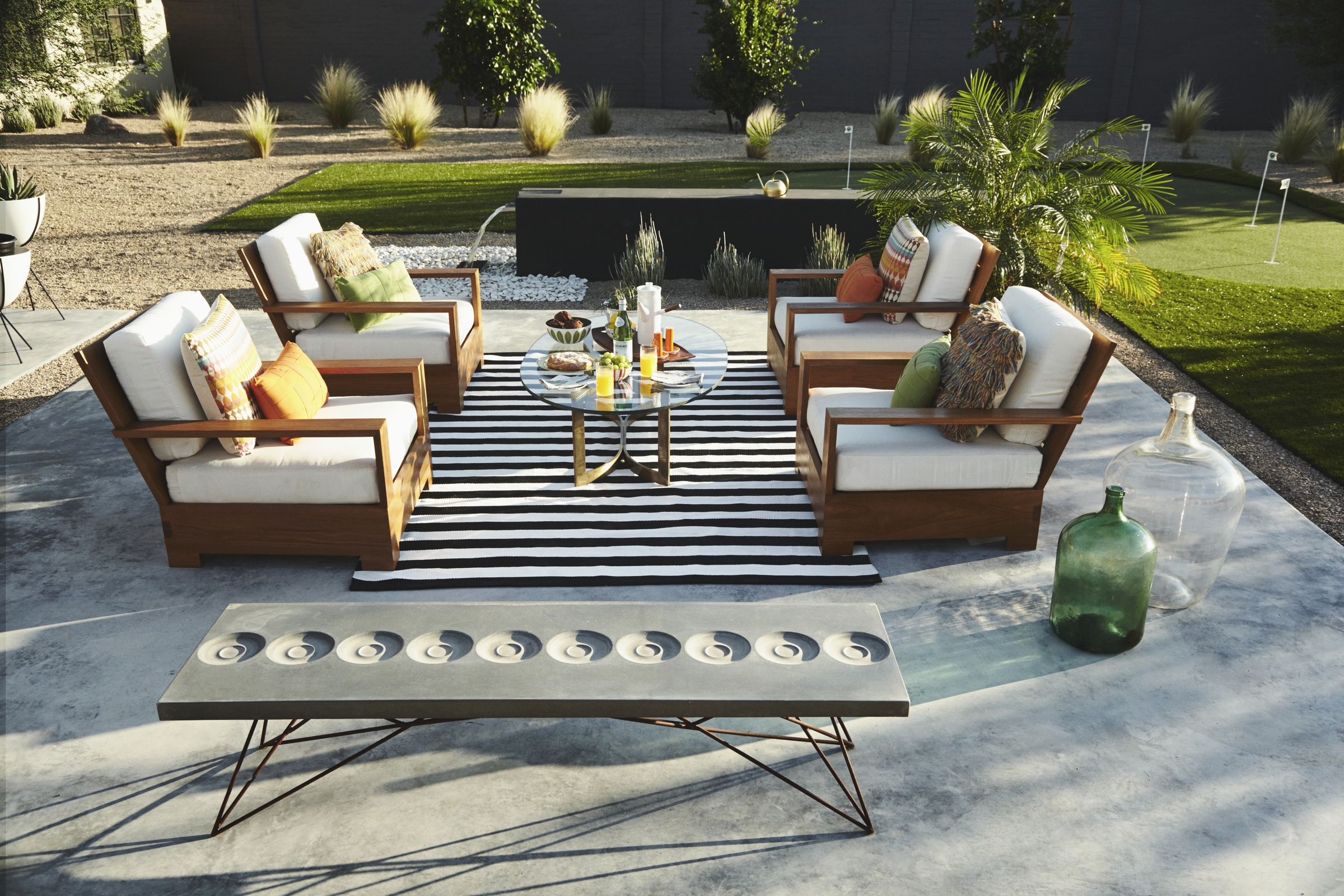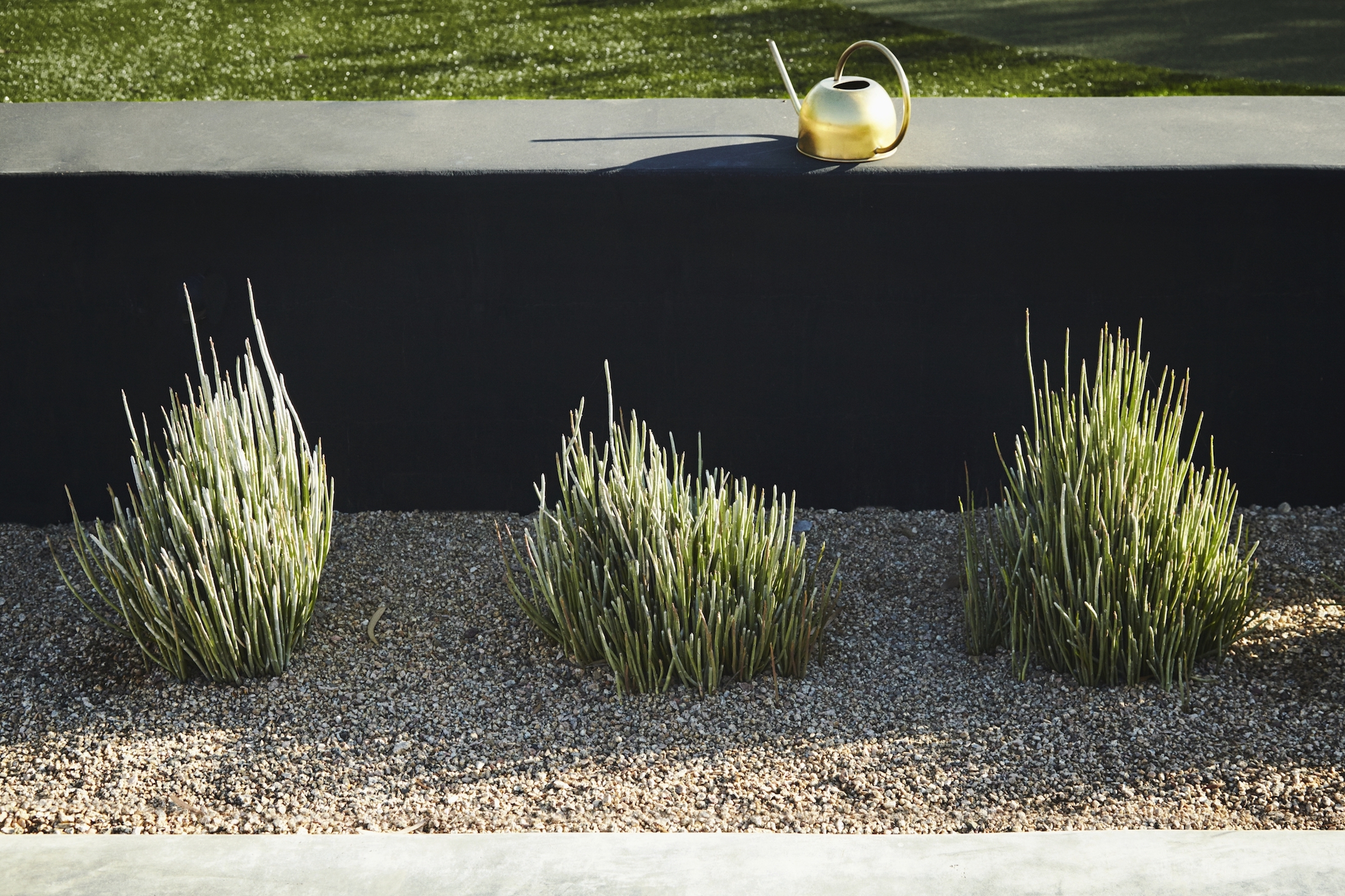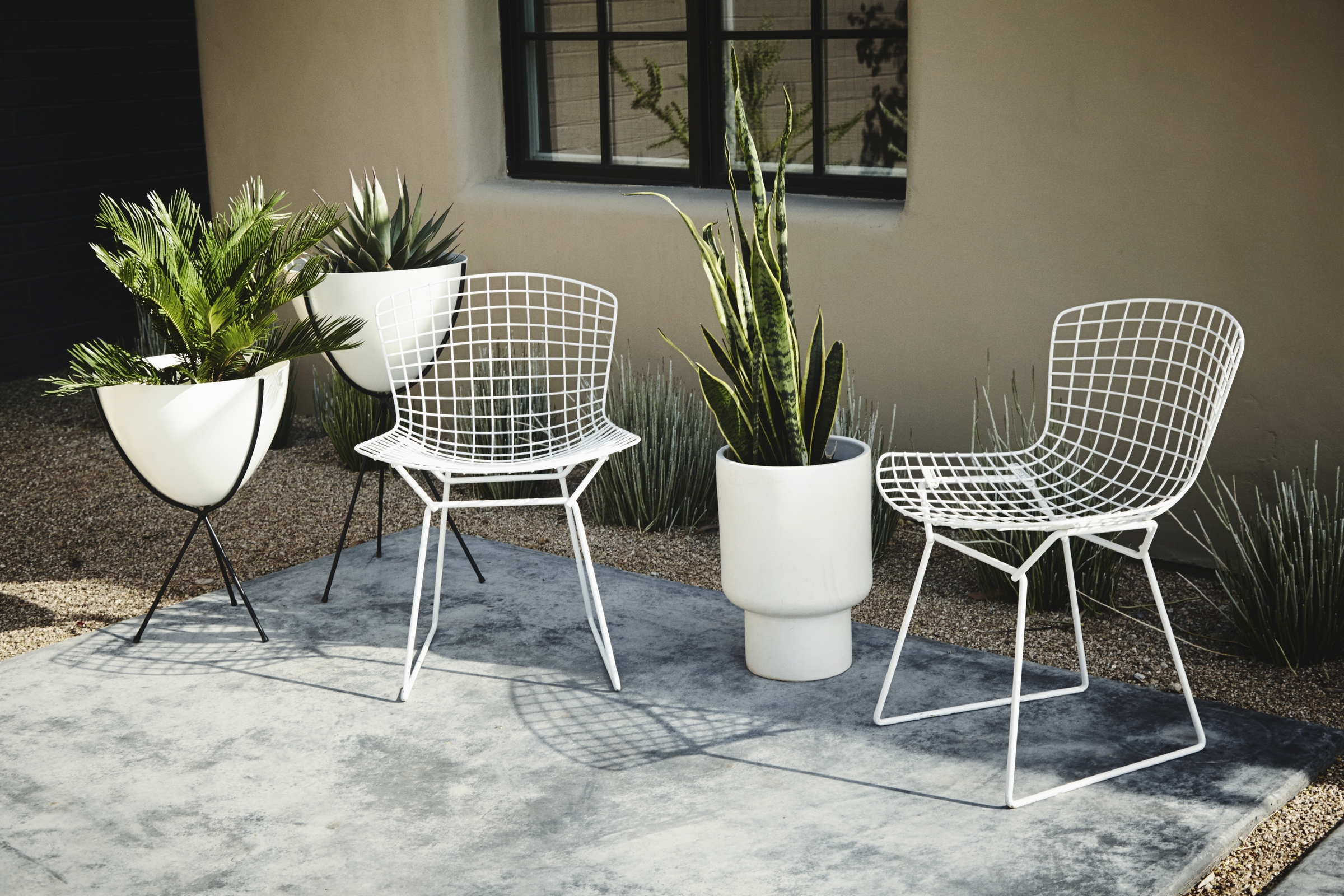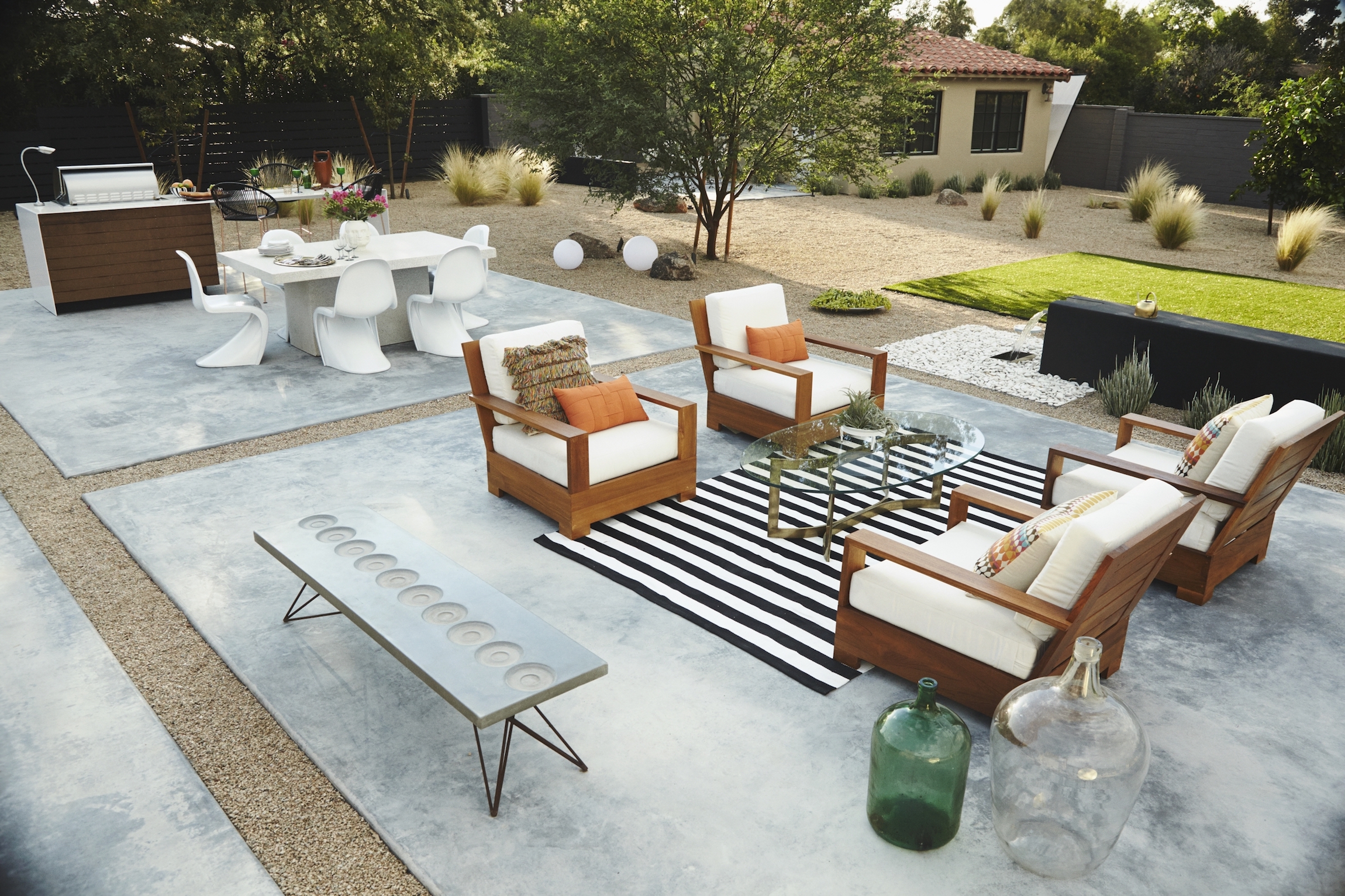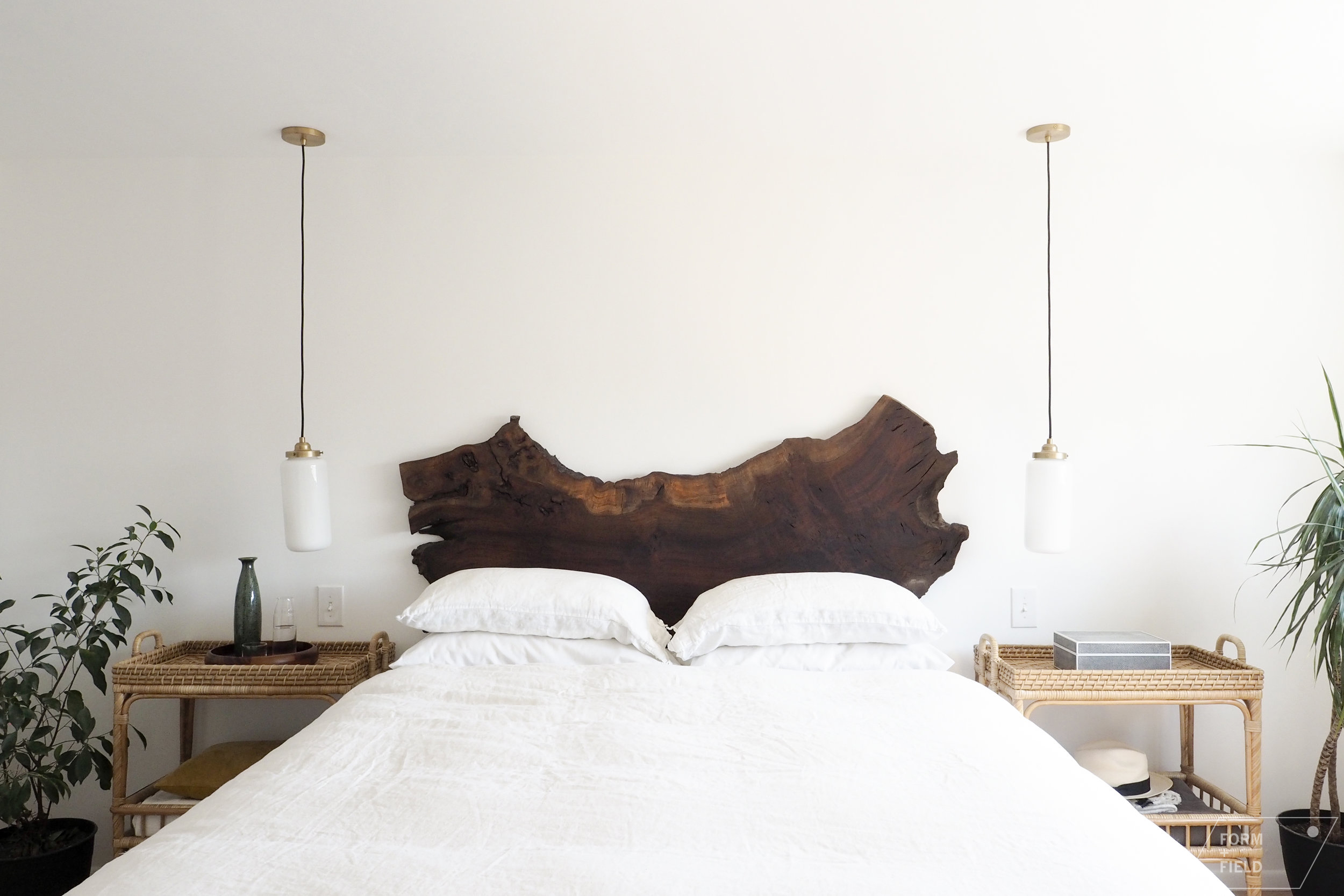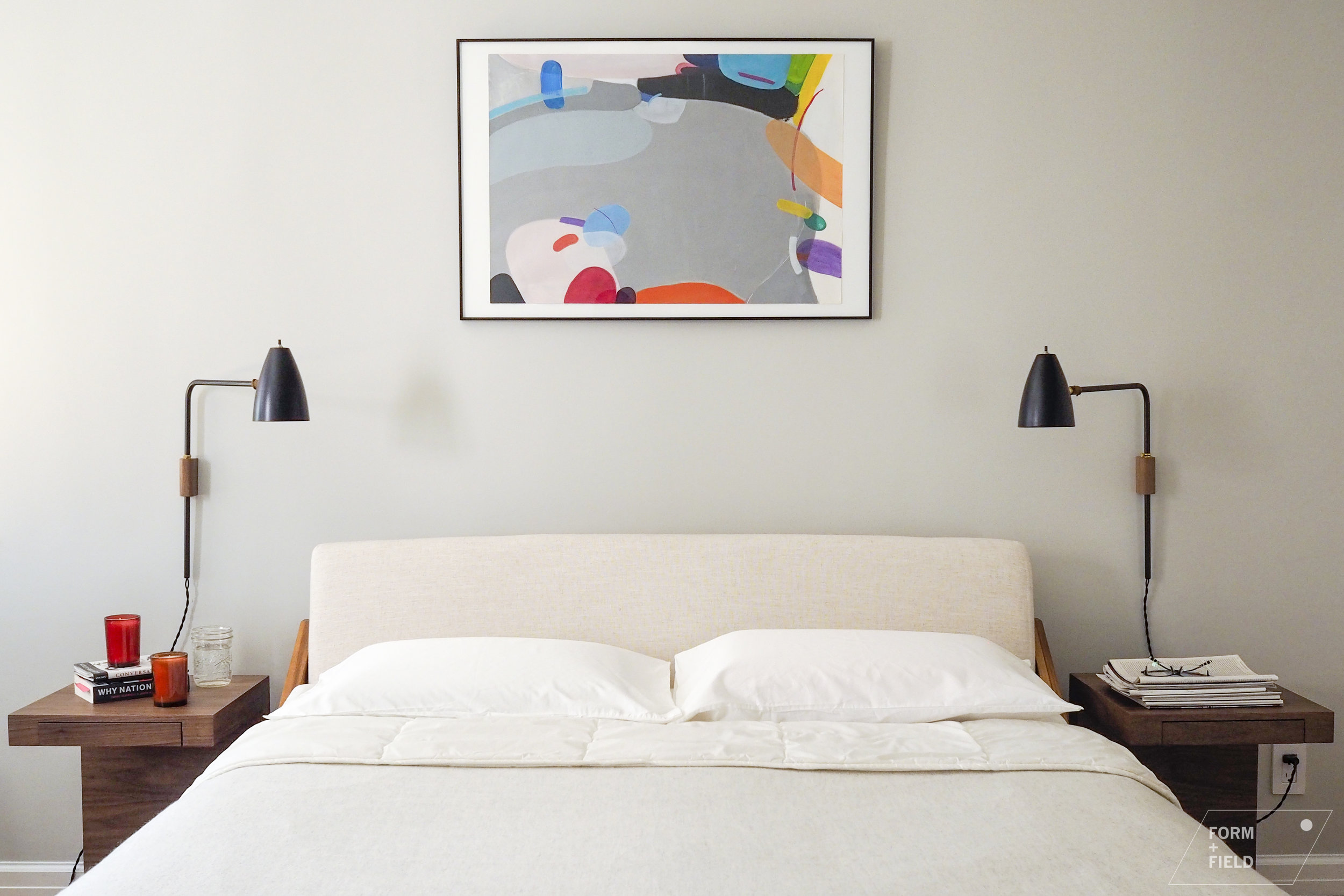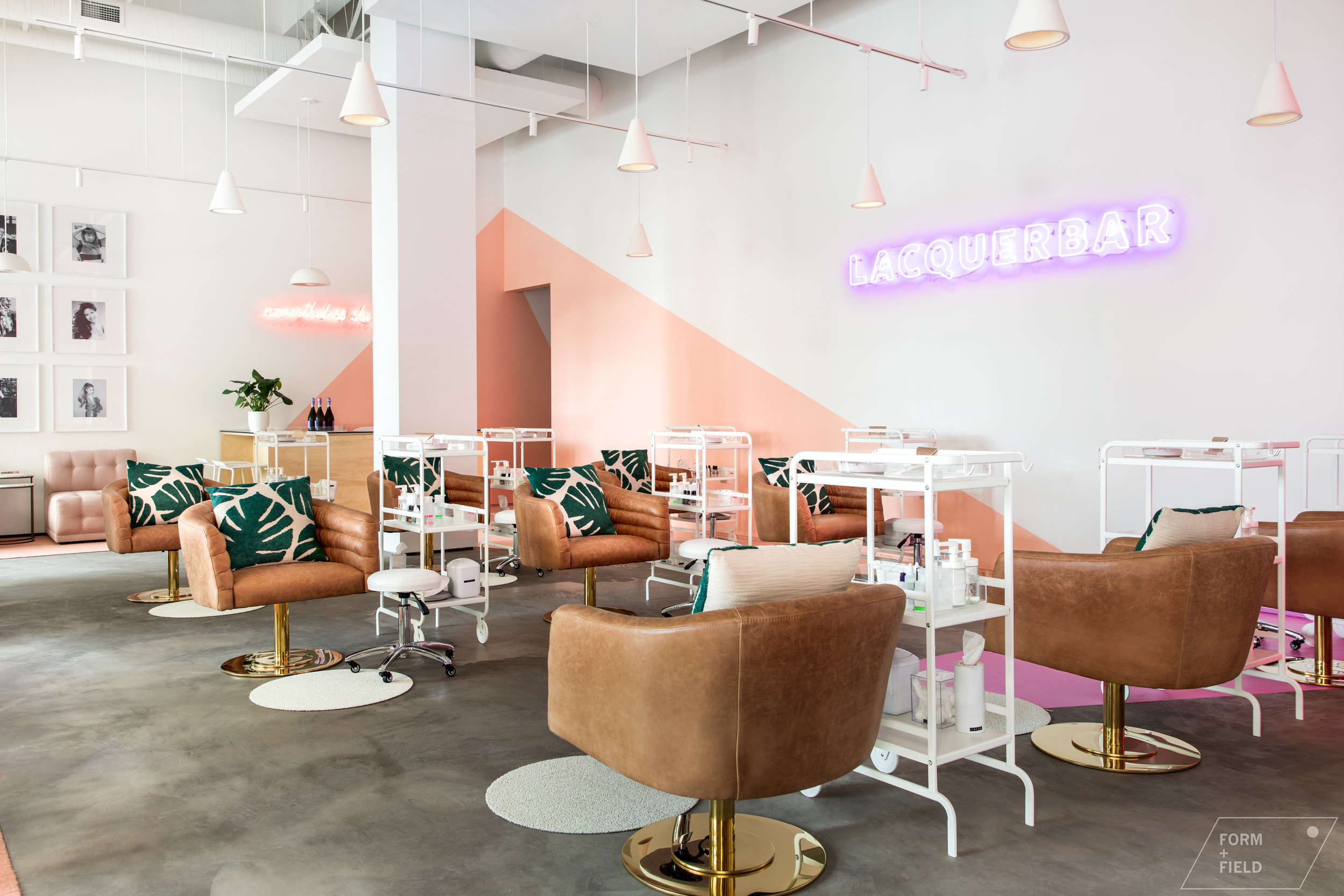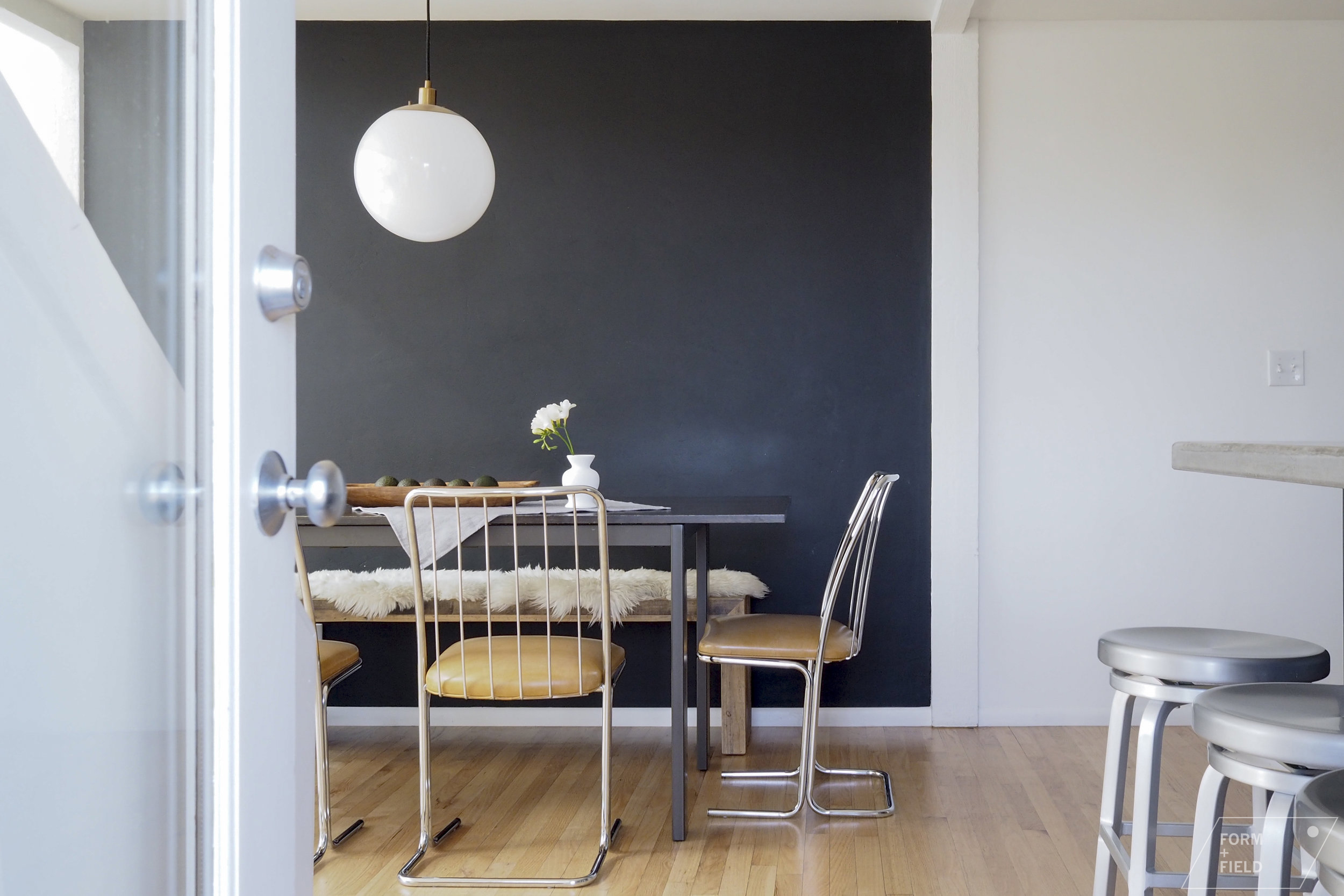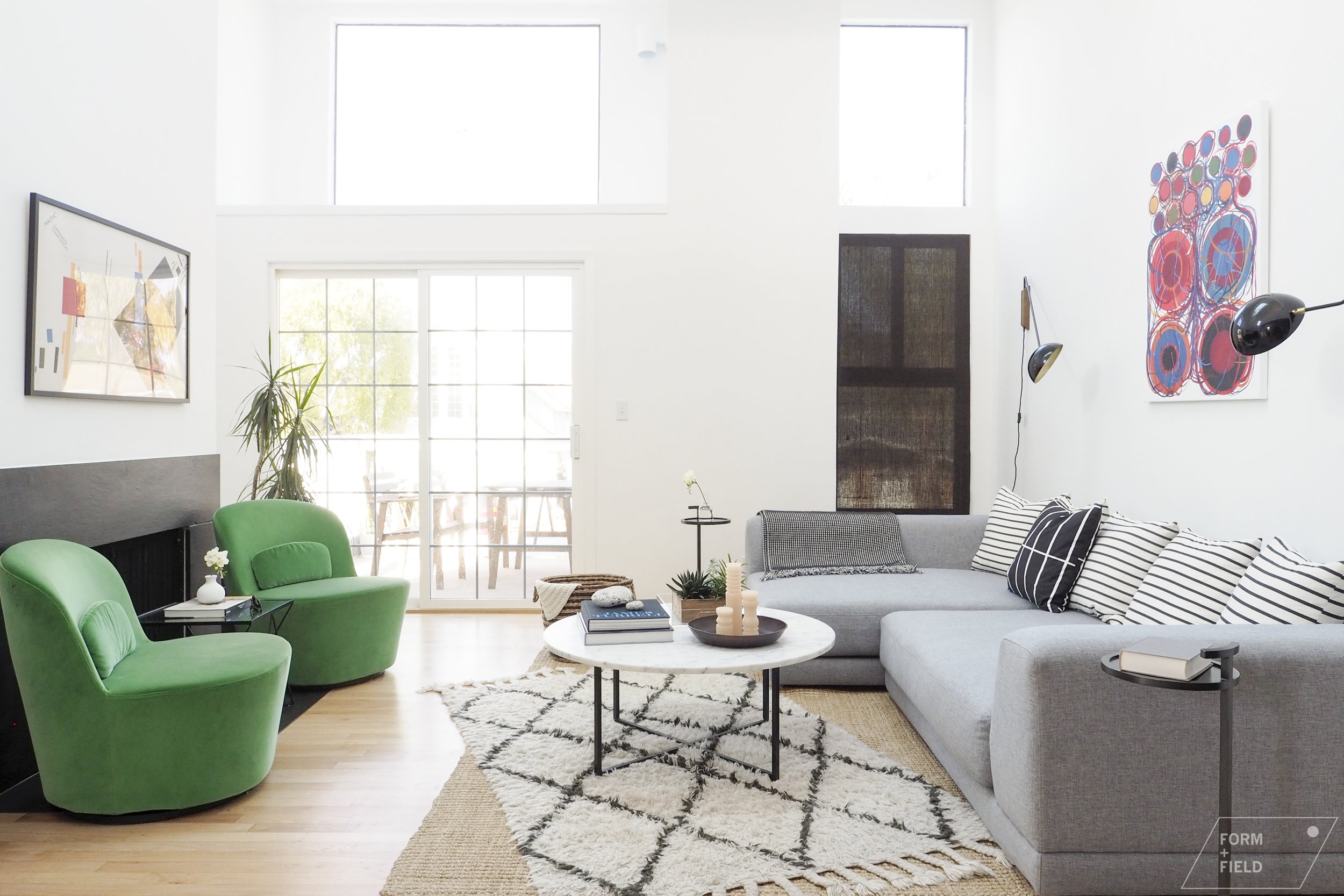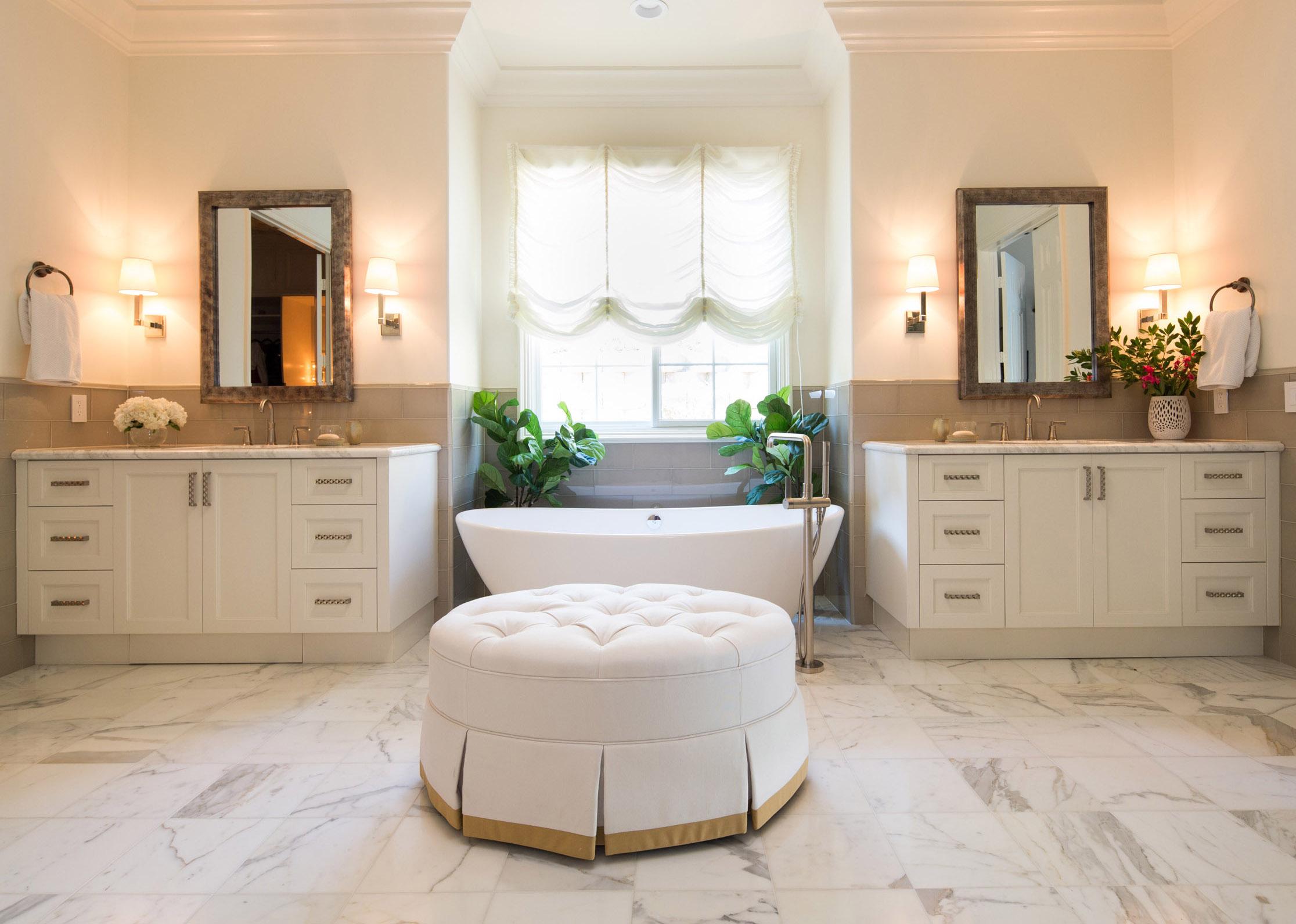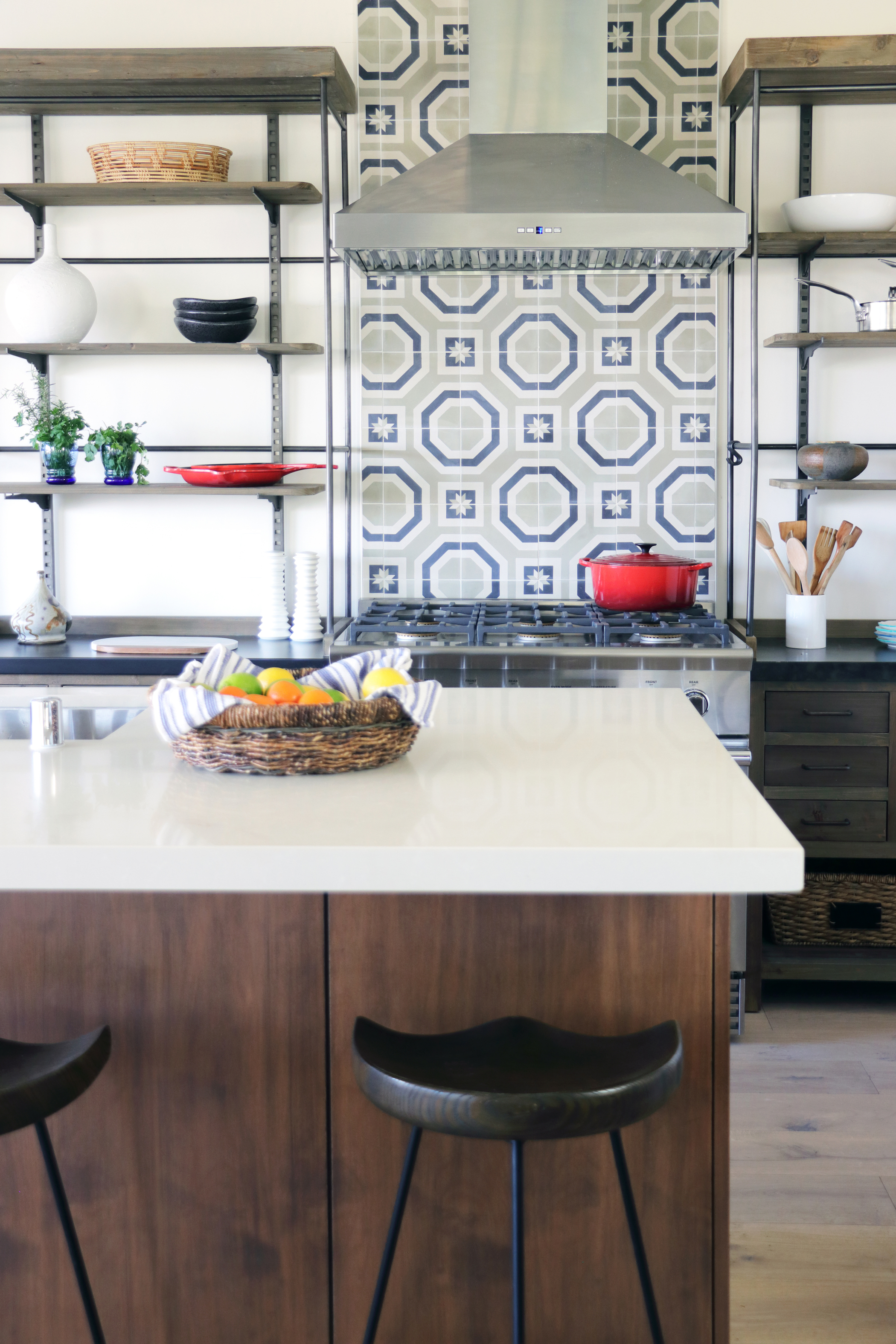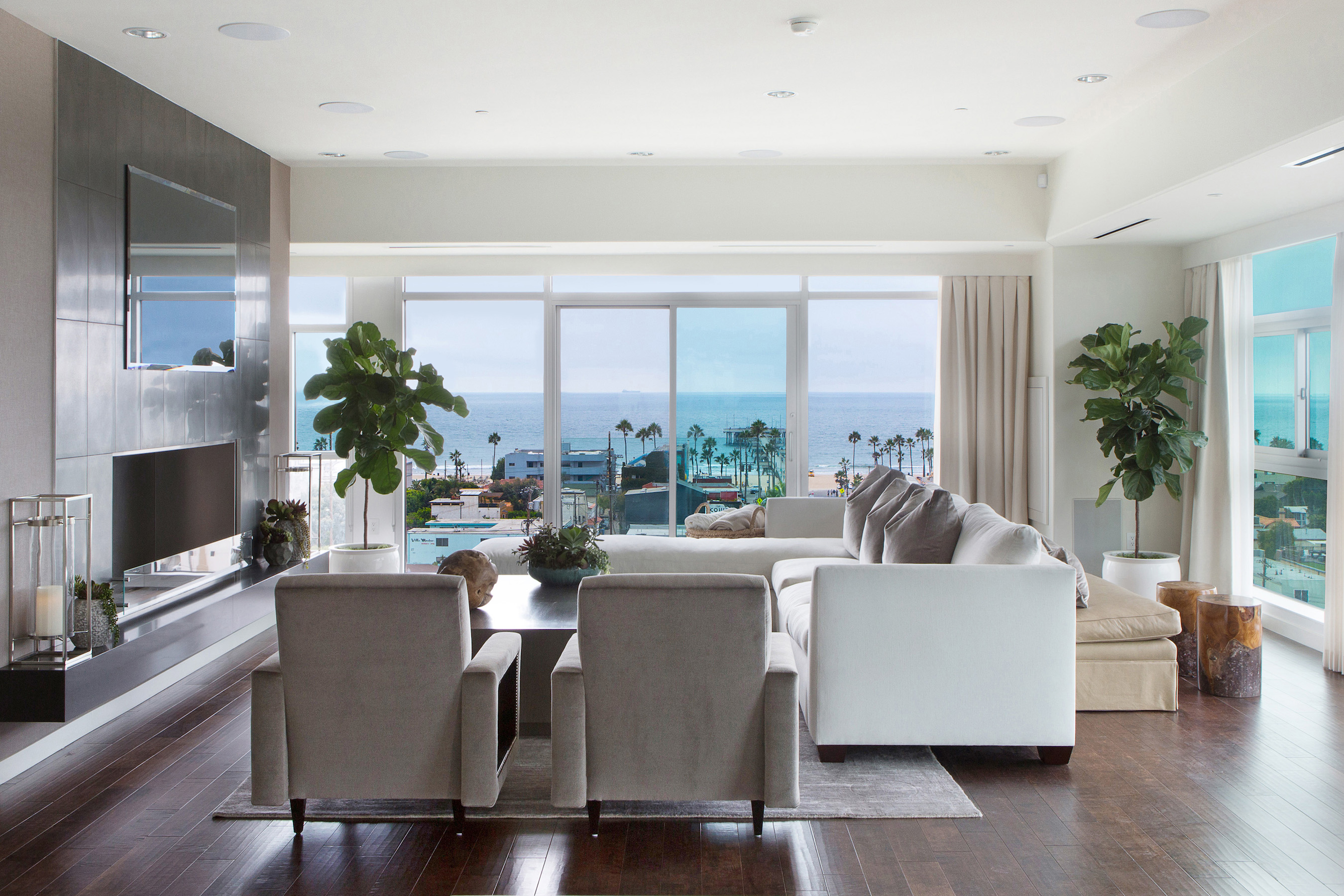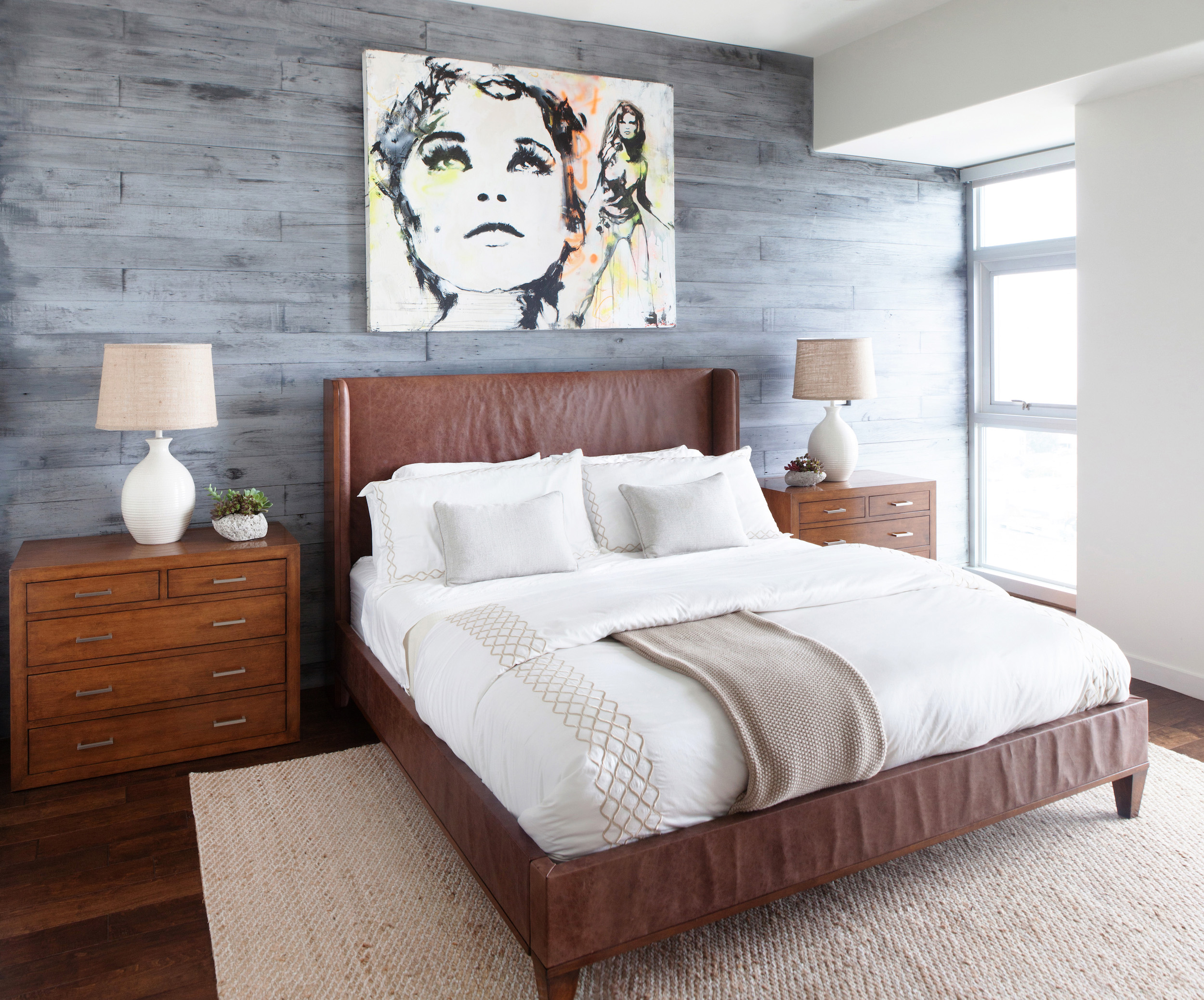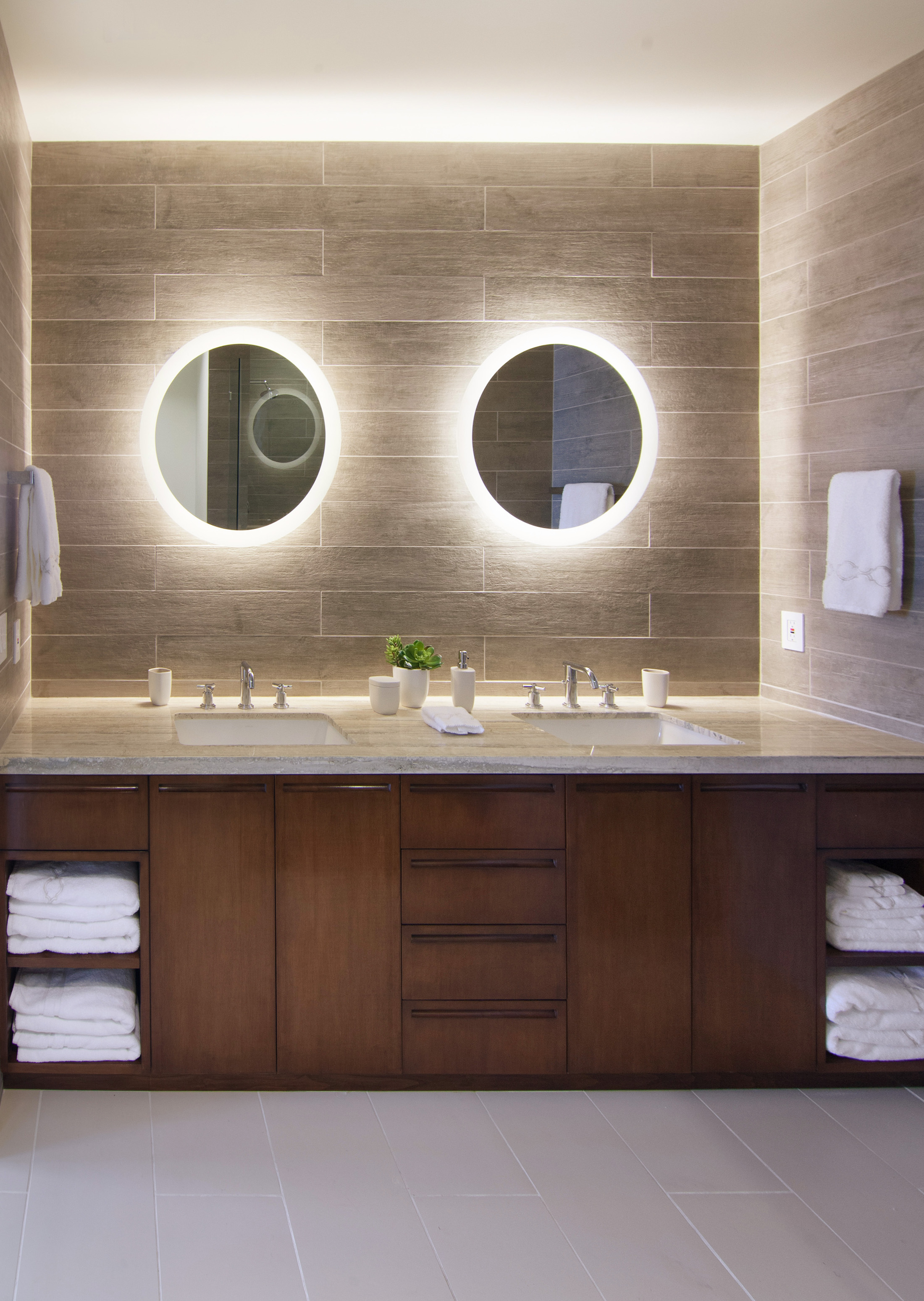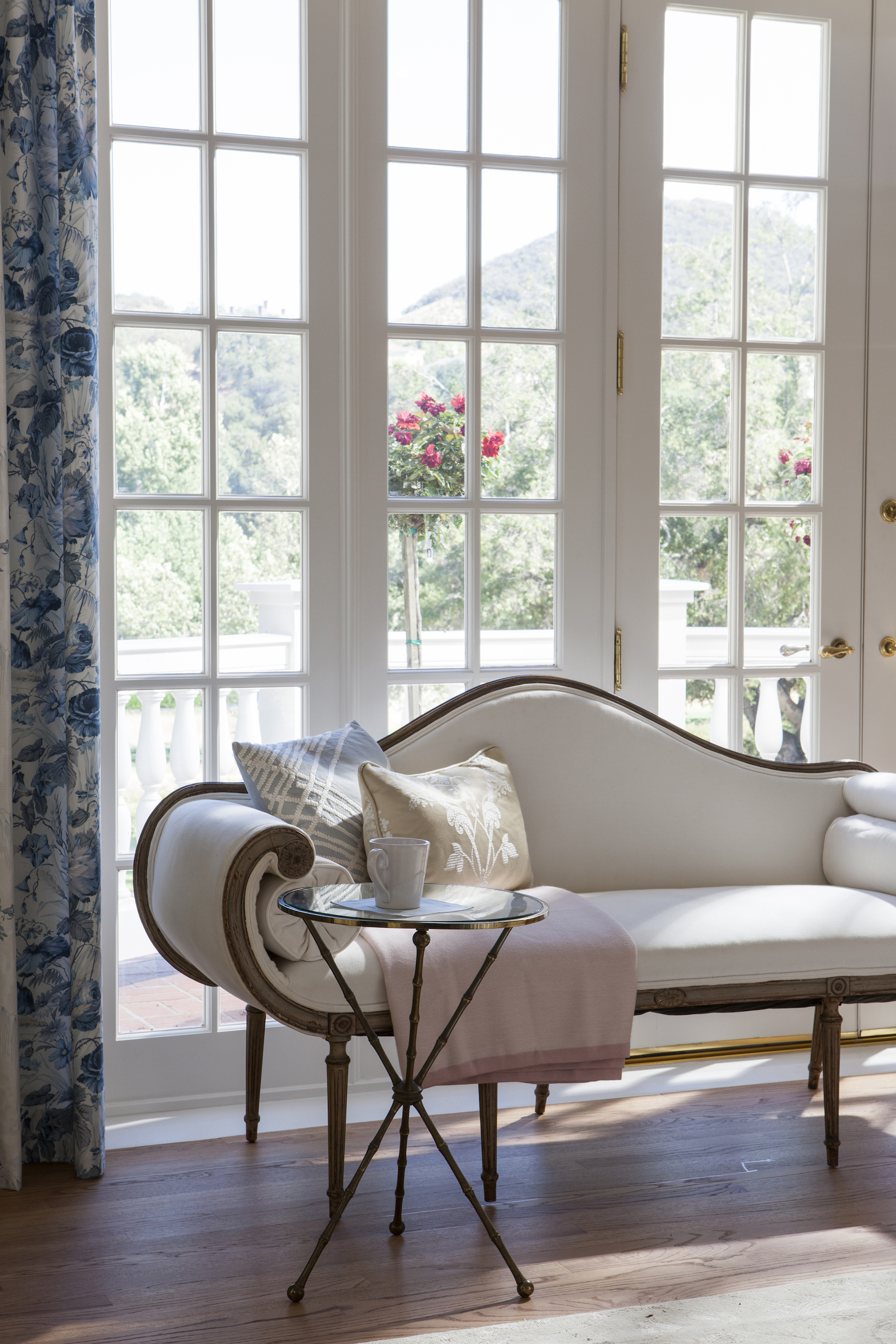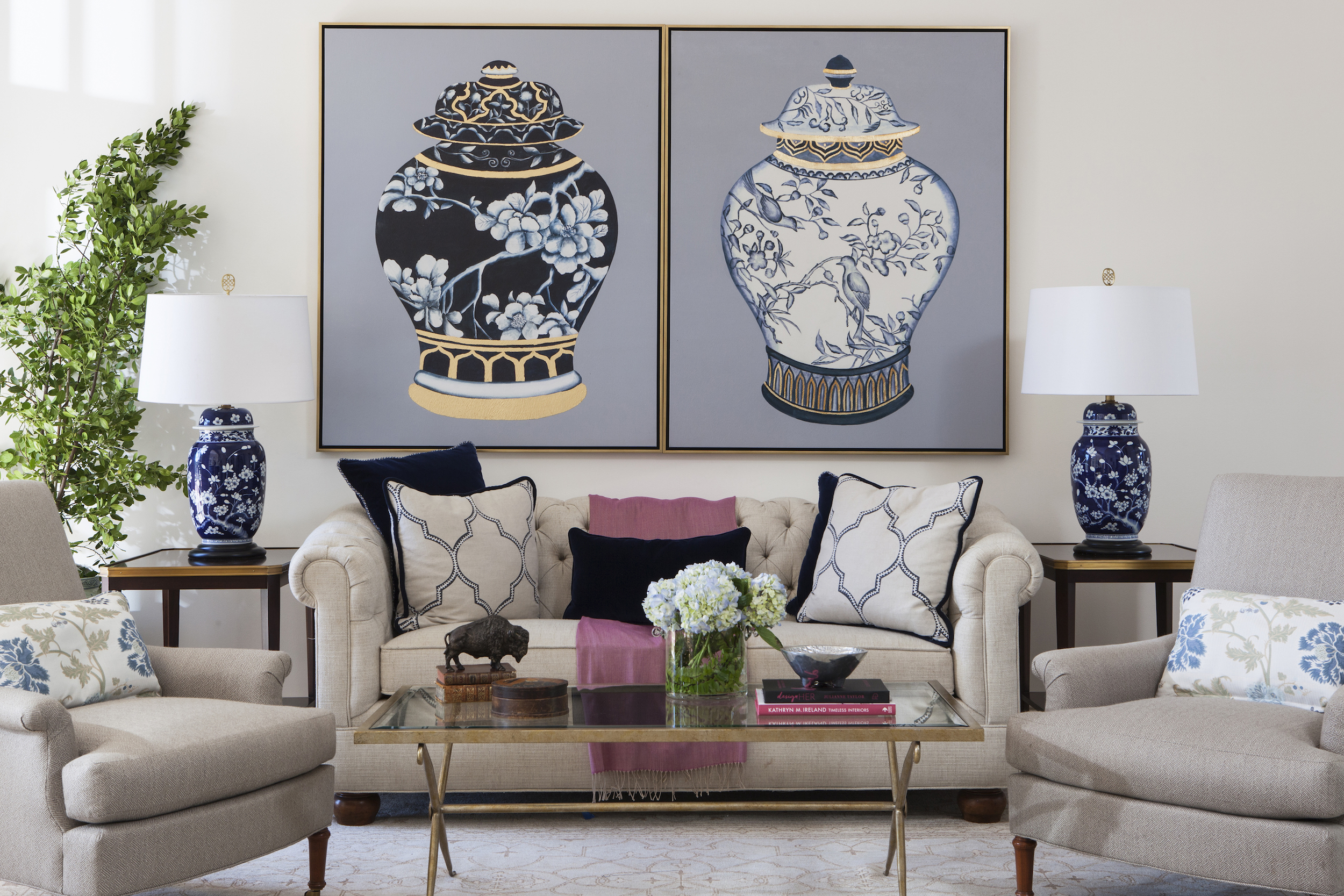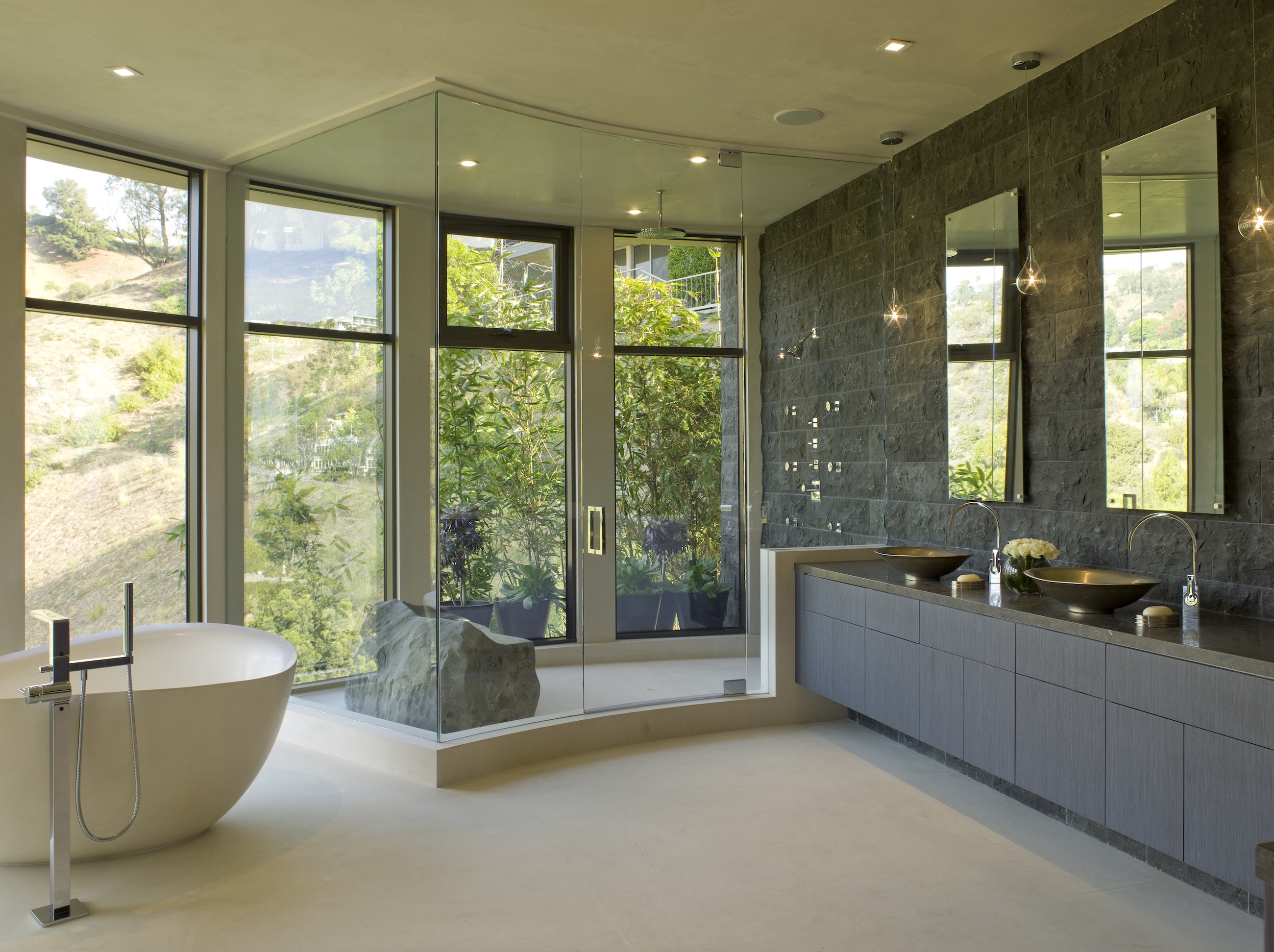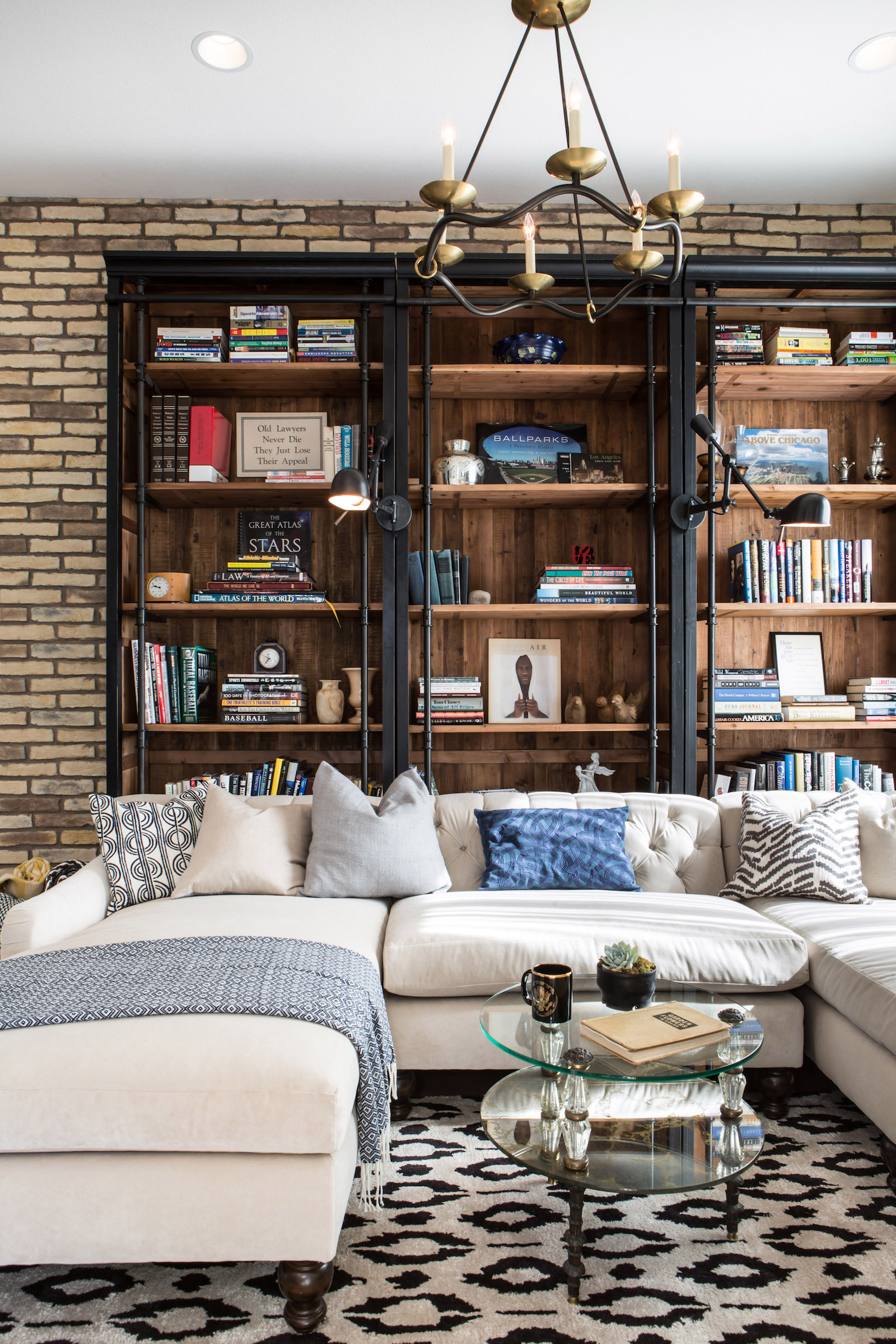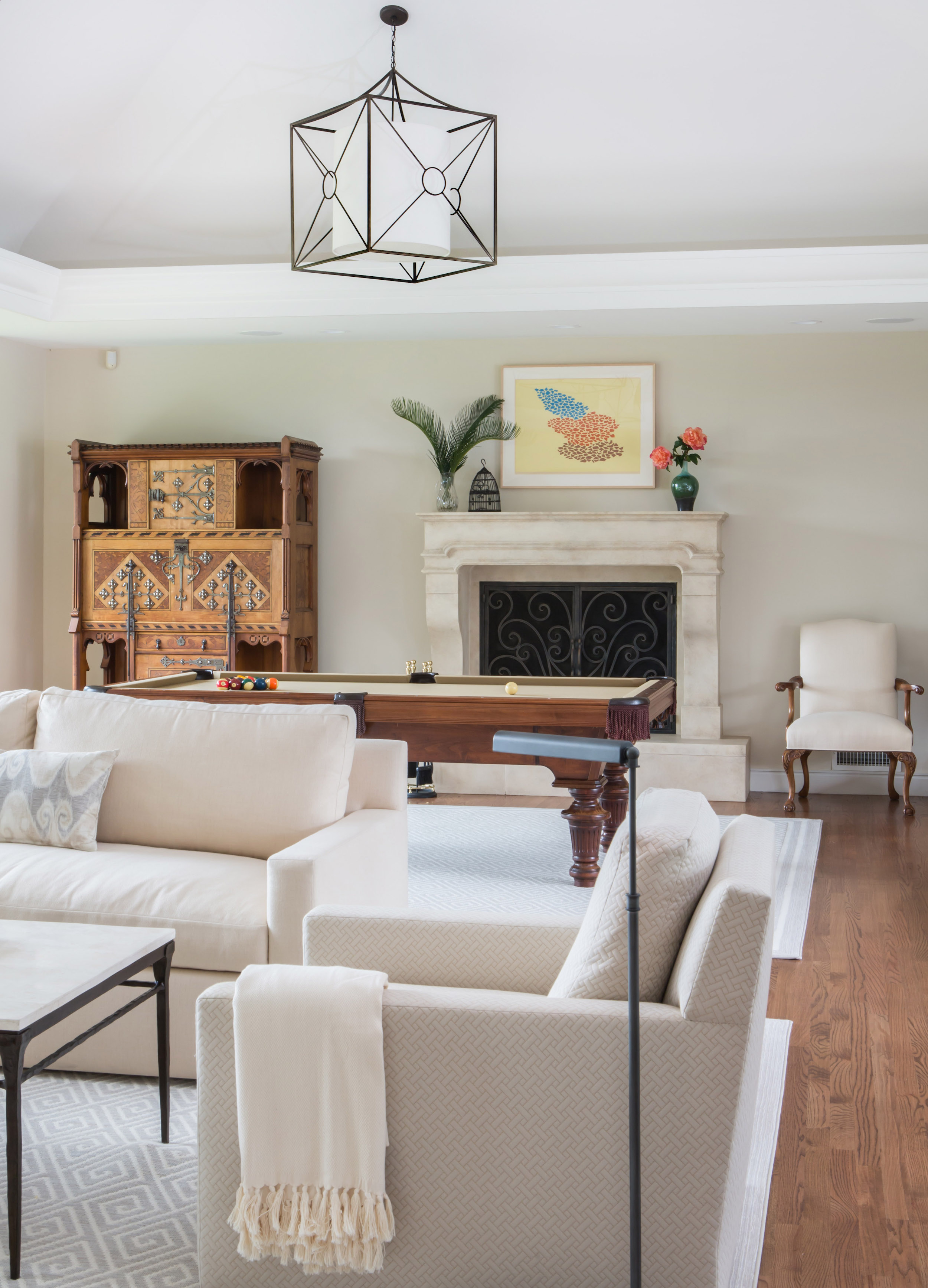Capturing a space for those critical & accurate measurements when you kick-off a client project can seem daunting. A whole home re-model can feel like a lot of pressure and close to impossible, especially as a small business owner. Enter Occipital, the leading spatial computing company, focused on taking technology at the frontier of “possible” and making it “just work” on everyday mobile devices, headquartered in Boulder, CO. Amongst interior designers, they are most popular for Canvas, a fast, easy way to create a design-ready, editable 3D model of a home — all from an iPad. Scanning takes only a couple minutes per room, and you get to “skip ahead to the fun part” (design!) by bringing your 3D model into tools like SketchUp, AutoCAD, and more. Occipital also makes Structure Sensor, TapMeasure, PX-80, Bridge, and several other spatial computing products.
If all of this fancy shmancy tech lingo sounds scary to you, don’t worry! This team is 100% dedicated to putting you, the designer, first, with very high-touch onboarding and support to make Canvas and other Occipital tools your best friends for all things measuring. Canvas Product Manager, Alex Schiff, shares with us how Canvas works exactly and what’s needed to make the most of it, the spatial & measurement accuracy a designer can expect when using Occipital tools, and how their technology can save you lots of time on measuring so you can focus on what you love, design.
In collaboration with Occipital, Ivy Designer Rebecca Zajac of Design by Numbers will be hosting an Ivy Webinar to discuss “Creating 3D Visualizations for your Design Clients” on Wednesday, March 28 at 12:30 PM ET / 9:30 AM PT. Make sure to RSVP with the registration button below!

For those who don’t know you by “Occipital”, what do you do exactly and what are you well-known for?
Alex Schiff: At Occipital, we’ve always been laser-focused on one thing: computer vision technology. Specifically, how to take what’s on the frontier of possible in computer vision and make it “just work” on everyday devices for everyday people. We were one of the first (if not the first) to market in mobile barcode scanning, (RedLaser), panorama capture (360 Panorama), mobile 3D sensing (Structure Sensor), and more.
In the design industry, most people know about us because of Canvas — the fastest, easiest way to create a scale-accurate and design-ready 3D model of a home. We help you “skip ahead” to the fun part on every single one of your projects.

Photo courtesy of Occipital
Rather than spending hours measuring a home and then recreating all the details in CAD, you jump right to the built-out 3D model and start design.
Canvas is one of the more popular tools in the design community. For those new to the tool, can you explain how Canvas works?
AS: From a user perspective, it’s kind of like “painting” the scene with your iPad. You point the iPad and Structure Sensor at the scene, hit start, and you’ll start to see a white overlay appear over what the camera sees on your screen. It looks like this:

Photo courtesy of Occipital
You simply sweep the iPad up and down like you’re painting a fence, move in a loop around the space, and hit “Done” once you’re back at your starting point. You upload your scan to our Scan To CAD service, and within 48 hours you get back this:

Photo courtesy of Occipital
Under the hood, it’s a lot more complicated — Canvas is capturing thousands of measurements every second and combining them into a single, scale-accurate 3D model. All in real-time as you’re moving around. But to you, the end-user, we try to make it as magical and simple as possible. It typically takes anywhere from 30 seconds to 3 minutes to capture a room.
“We help you ‘skip ahead’ to the fun part on every single one of your projects.”
This scanning tutorial video shows what scanning looks like in more detail. We were also featured on a real-world interior design project in Ask This Old House, so that episode gives a pretty good visual overview of what the process looks like from beginning to end.
After they’re done scanning, what does the designer get?
AS: As soon as you hit “Done”, you’ll see the 3D reconstruction, which looks like this:

Photo courtesy of Occipital
This is basically how Canvas has recreated your space, and you can use it immediately (and for free) to get measurements, navigate to different views (like a top-down view), or share via email.
3D meshes like this are usually pretty foreign-looking to the design community and don’t work well with industry-standard tools like AutoCAD and SketchUp, which is a big reason we built Scan To CAD.
Can you tell us more about Scan To CAD? Is that required?
AS: Scan To CAD is what really makes things “just work” for designers, particularly if they’re using programs like AutoCAD or SketchUp. It’s a turnkey, semi-automated service we offer to convert your 3D models captured with Canvas (what you see above) into editable, design-ready, and professional-grade CAD files. This is a typical before/after:

Photo courtesy of Occipital
You select the scans you want to convert, pay $29/scan (one scan roughly maps to one residential sized room), and two days later you get an email with those scans converted into .skp, .dae, or .dwg format. You can also merge multiple scans from across an entire property for an additional $5/scan, which might give you something like this:

Photo courtesy of Occipital
It’s definitely not required, but most designers choose to use it because it saves so much more time.
Pretty much every designer has seen some flavor of floor plan or measurement app before, but they’ve usually fallen well short of their promises — especially regarding accuracy. What kind of accuracy can designers expect?
AS: The short answer: Across the case studies we’ve run with professionals out in the field — using Canvas on real-world projects — we see that most measurements are within 1-2% of what’s verified manually by tape measure, laser range-finder, or existing blueprint. You can read all about Canvas and accuracy here.
We typically hear that’s great for design, planning, estimation, pricing, and documentation. However, there are some measurements you’ll still want to get the old fashioned way (for now) when a millimeter can matter for installation. The good news is that normally the number of these critical measurements is relatively low, and it’s easy to adjust the model we return with those manual measurements. That way you can get the best of both worlds if you really need it. We work with custom furniture makers, cabinetry companies, etc. who use that workflow all the time and still see a very big ROI.
And again — that’s just for now. We’re going long on this space and investing heavily in Canvas, and with that investment will come a steady drumbeat of improvement both in accuracy and other areas.
How does 3D home scanning ease the design process for interior designers?
AS: Interior designers are typically busy small business owners, which means the default state is, “Argh! Crap! I need to take care of that!” or, “Ah! I need to call that vendor!” We get it (we’re a startup ourselves!), and we don’t think capturing a space and recreating it in 3D needs to contribute to that problem — we think it can provide relief. That’s what technology is supposed to be here for, right?
By giving back hours of measuring and drawing/modeling time, our goal is that we can help you focus more on the parts of your job that your clients actually pay and value you for — in this case, design and client experience — and less time on the ground with a tape measure or modeling room architecture.
It’s not just about “scanning time” vs. “measuring and modeling time,” either — a big thing we hear from designers is that Canvas helps parallelize certain parts of the project that used to be sequential. For example, where measuring used to be a 2-person job, a design assistant can scan the house end-to-end in 30 minutes, and the lead designer can spend that whole time talking to the client. Another is that instead of spending the two days after a site visit converting handwritten measurement notes and photos into a 3D model, you can spend that time fully on concepting and discussing ideas with the client. Then, once you get the CAD files back from Scan To CAD, you’re already several steps into the design vs. starting from scratch.
This is certainly helpful on small projects, but on big projects where construction is involved (and a full, construction-grade survey isn’t done until Week 3, 4, or even later) this can literally mean weeks shaved off the project. With Canvas, you can get a design-ready 3D model on Day 1, and start having real design conversations with the client, finalizing finishes and decisions, or otherwise short-circuiting problems that wouldn’t materialize until way later in the project.
“By giving back hours of measuring and drawing/modeling time, our goal is that we can help you focus more on the parts of your job that your clients actually pay and value you for — in this case, design and client experience — and less time on the ground with a tape measure or modeling room architecture.”
Practically, what does that usually mean for the designer? What kind of ROI are they seeing on their investment?
AS: We typically see 3D scanning advance one of the following ROIs for designers:
Accelerating or optimizing time on-site. Whether it’s because they want to maximize their time or their staff’s time, spend less time measuring and more time talking to the client, or simply getting out of the client’s hair faster, this is usually why designers seek us out in the first place. No one likes measuring!
Scaling up the number of new project kick-offs. Where a new client visit might normally take up a half or even complete day, now, you can fit 2 or even 4 times the number of site visits in a single day.
Upselling bigger projects. This one was unexpected for us, but has shown to be really powerful. Where it previously would take way too long to measure a kitchen “just in case,” we now see our customers scan extra rooms (especially kitchens) or even the whole home as a matter of practice. Sometimes they convert the extra scans right away to pre-sell a concept for extra rooms (to help close the sale of a bigger project), or sometimes, they simply hold on to the scans until they’ve completed the first project and the client has signed on to a second. Just recently, I saw someone put through an order for scans that were taken nearly a year prior.
Expanding 3D to more clients. I think most designers (or at least the ones that we’re going to have any chance selling to) would agree that clients want 3D — their clients watch HGTV, and it creates an expectation that they should have it if they’re doing a design project. But frequently, it’s just not in their budget. We frequently hear from our design customers that Canvas makes it practical to offer 3D visualization to more of their clients, because it automates the first few steps of the process (measuring and modeling the space as-is). In particular, when you’re measuring a space for a 3D visualization, you typically need a lot more measurements than you otherwise would to make scale look realistic. With Canvas, you don’t have to worry about which measurements you might have missed — every measurement is captured in the scan.
So, overall: we help you complete more projects, faster, for more money, with a better customer experience. We typically hear time savings between a few hours on a small one-room project up to 30 hours on a really big and complicated whole home project with lots of moving parts.
What does a designer need to use Canvas?
AS: You’ll need an need an iPad, Structure Sensor, and (optionally, but recommended) our Wide Vision Lens. The Structure Sensor allows your iPad to measure depth information, which is why you can get true, scale-accurate measurements from your Canvas-captured 3D models. The Wide Vision Lens helps Canvas maintain the best possible tracking on the scene, which enhances the quality of your results. You can buy both the Structure Sensor and Wide Vision Lens as a bundle on canvas.io for $399.
Once you have the sensor attached, calibrated, and the Canvas app installed, you’re ready to start scanning!
Occipital produces powerful products that help you scan physical spaces, including: Structure Sensor, Structure SDK, Structure Core, Bridge Engine, Skanect, 360 Panorama, Canvas, TapMeasure, PX-80. Of these tools, which are favorited by interior designers? Why do you think that is?
AS: Definitely Canvas — it’s purpose-built for scanning a space to bring into a 3D design workflow. It’s hands down our most popular product with interior designers because measuring and recreating the space in 3D is the starting point for most projects, so it saves them a ton of time. We typically hear between 7 and 10 hours on a typical project, but often up to 30 on larger ones.
That being said, the same Structure Sensor that comes with Canvas can be used for more than just room scanning. Most often, that’s scanning furniture to get a 3D model of items at a market or that a client wants to keep. A less often but fun one we hear about is scanning your client and 3D printing a miniature bust of them as a gift at the end of a project. There are over 90 apps for Structure Sensor, so there’s quite a bit out there to explore.
If you’re working on a really big commercial project, you may end up dealing with the PX-80. It’s made for scanning much larger spaces than a home, like a museum, theater, or large apartment complex. Canvas has been used on some really large spaces too, but if you’re regularly doing big spaces like this, we tend to bring up the PX-80 as a way to save a huge amount of time on-site.
Finally, if you just need a quick measurement or rudimentary floor plan, TapMeasure is a good companion app. It’s a free iPhone app, and it also outputs to SketchUp.
Here is a side by side of results form TapMeasure, Canvas, and PX-80, for comparison:

Photo courtesy of Occipital
For the interior designers who feel overwhelmed by this technology, or have purchased an Occipital tool and simply don’t know where to start, what kind of educational support and tutorials do you provide?
AS: Learning new technology can definitely be intimidating — especially when you’re so pressed for time as it is. That’s doubly true for something like 3D scanning, which isn’t just a new interface, but often involves totally new workflows and ways of approaching a project.
We’re here to help navigate that and make it as seamless as possible. Not only do we offer a comprehensive getting started guide in the app, via email, and a video tutorial on how to get the best possible scans, but we also try to hop on the phone with pretty much every new customer to see if there’s anything we can do to help. Sometimes, that might mean looking at a first-time customer’s scan to give them confidence that they did everything right, others it’s talking through their projects and their goals, and still others it’s simply to reassure them: “yes, this really does work!”
Another thing that we do that I think is different from most companies, but shouldn’t be: we advise on the full picture. We frequently educate our customers on which 3D modeling programs to use, make referrals to people that can provide training for those programs, or recommend tangential products or service providers that you might combine with Canvas to level up your customer experience or fill in any gaps toward achieving your goals.
Why is it important for technology companies to provide high-touch support and onboarding to its customers?
AS: I can definitely say it’s a lesson you learn the hard way! When we were first getting started, we definitely took a more “low-touch” approach relying more on documentation and email — largely out of necessity because our team was so small. Some customers definitely fell through the cracks early on because things were just a little too difficult to figure out on their own, or they just needed a little bit more coaching on how to make it work for their use case.
“Onboarding is a critical time period where our customer is investing in us, so it’s important to meet them halfway and invest in getting them up and running.”
As we’ve grown, and particularly in the last couple months, we’ve invested much more in higher-touch support and onboarding for our customers, both as a means to learn more about how people are putting Canvas to use in real-world projects, but also to help start more people off on the right track. Onboarding is a critical time period where our customer is investing in us, so it’s important to meet them halfway and invest in getting them up and running. In many cases, a simple phone call can make the difference between “this works for 10% of my projects” and “this works for all of my projects.” Once you’ve completed your first project and achieved success, you’re usually off to the races, and questions are few and far between.
In your opinion, how is technology impacting the design industry for the better?
AS: From what I can tell, the design industry has had a bit of a disjointed experience with technology to date. For firms regularly doing large commercial or industrial projects with lots of construction involved, technology has totally upended the traditional process — 3D scanning is frequently used, 3D rendering is frequently used, and if the firm is big enough they will often eventually build custom software to help them manage their projects. But if you’re doing a living room redecoration, or a kitchen model, until recently, you were just plain stuck with the old fashioned way. Now, we’re starting to see an inflection point where technology is becoming cost-effective and simple enough that it’s gaining traction on “standard” residential projects, even hitting DIYers and regular homeowners — meaning major time savings on a typical project. It’s a slow transition, and there’s a lot still to come, but there’s no doubt (in my opinion, at least) that it’s happening.
What that also means is that the industry itself is changing very rapidly. Overall, technology is allowing designers to source and complete projects way faster and way more efficiently than ever before. On the one hand, that means more designers are able to stand out on the basis of the quality of their service, competitiveness of their price, and their genuine creativity — not how well they can manage their vendor invoices or measure a room. But it also means designers are getting more pressure from new players and alternative business models, not to mention consumers having more tools and transparency at their disposal to do things themselves. That’s not necessarily a good thing for the bottom-line.
I think that change, both positive and negative, is going to continue. For example, in 2018, 3D is a way to stand out from your competition and win clients, but in 2019 or 2020 it’s just going to be the expectation from all clients. The good news is that, at least from what I can tell from our customers, designers (and small businesses in general) are starting to think about finding and incorporating technology as a core competency of their firm — a necessity for competing and making clients happy in 2018, not simply a rainy day project for a summer intern. That means that change, while not always easy, is going to get easier to deal with over time.
Here at Ivy, we’re more than just an interior design software. Our mission is to provide interior designers with the community, resources and tools needed to manage your business beautifully. Are you searching for a business management tool to help streamline your workflow as an interior designer?





























